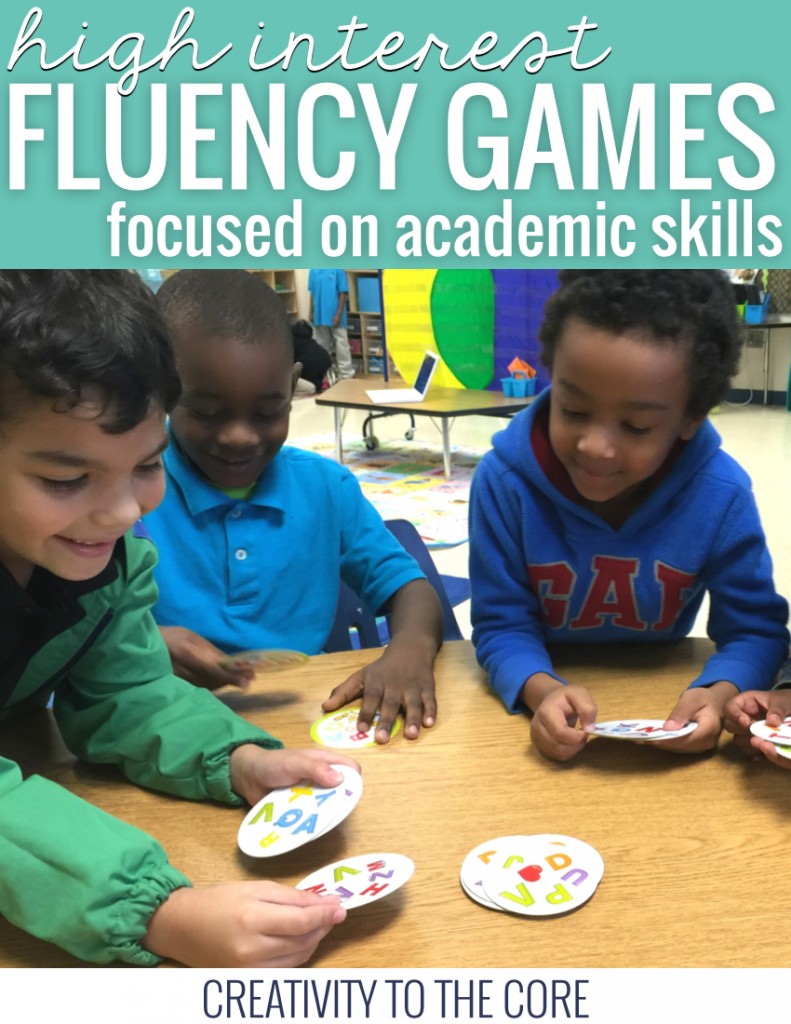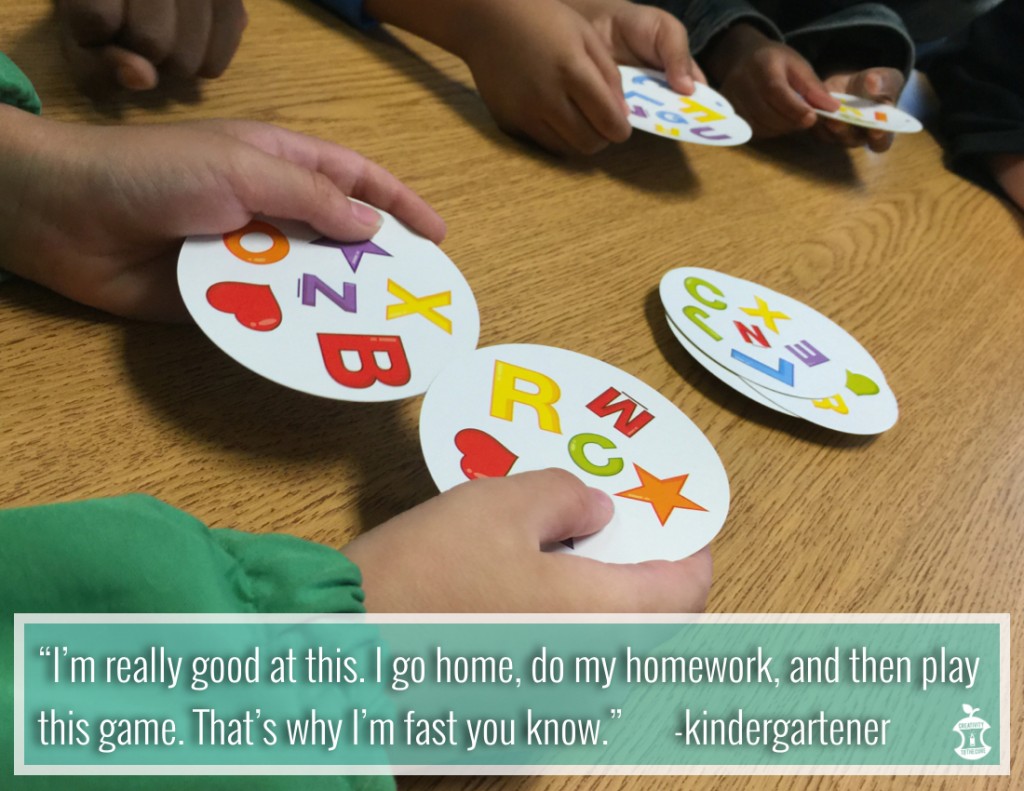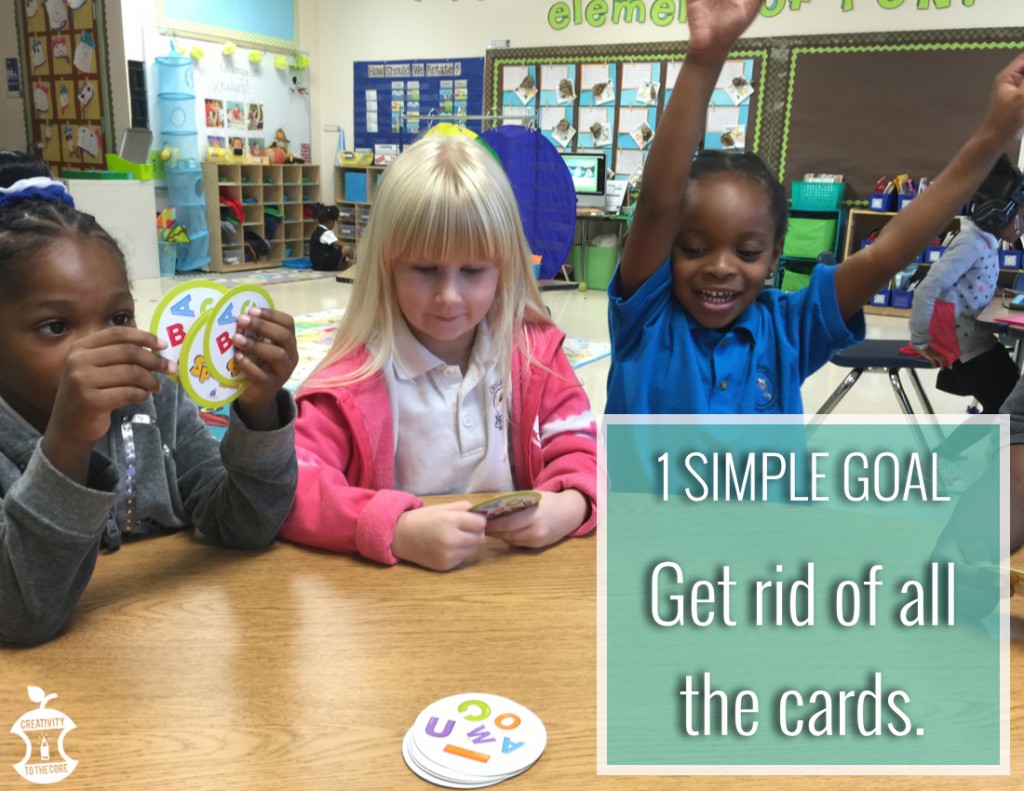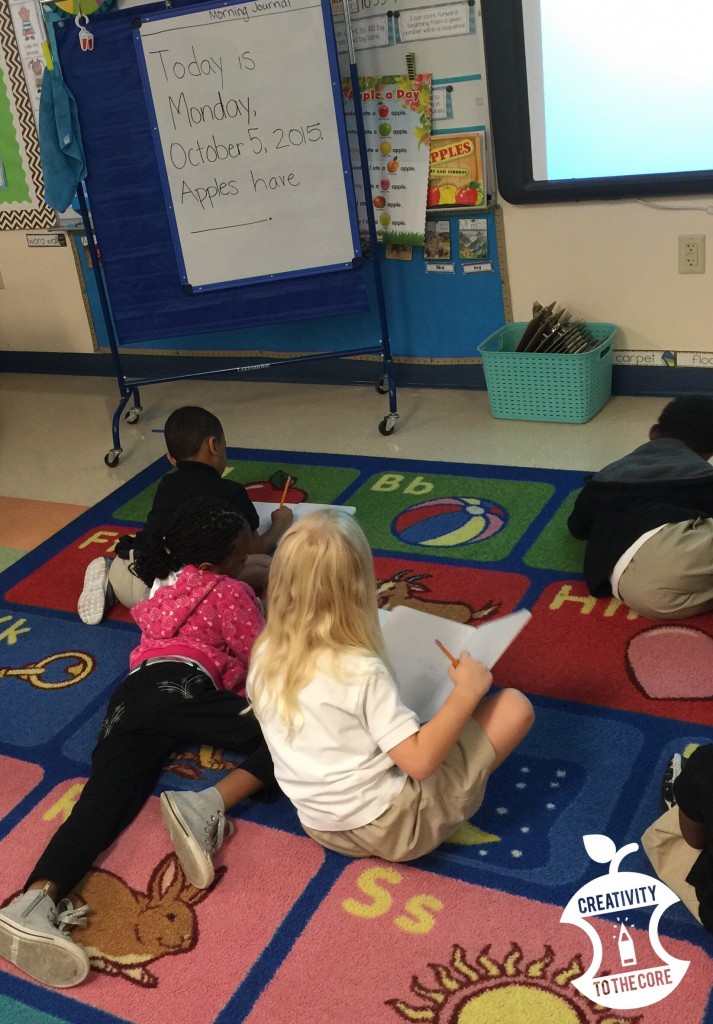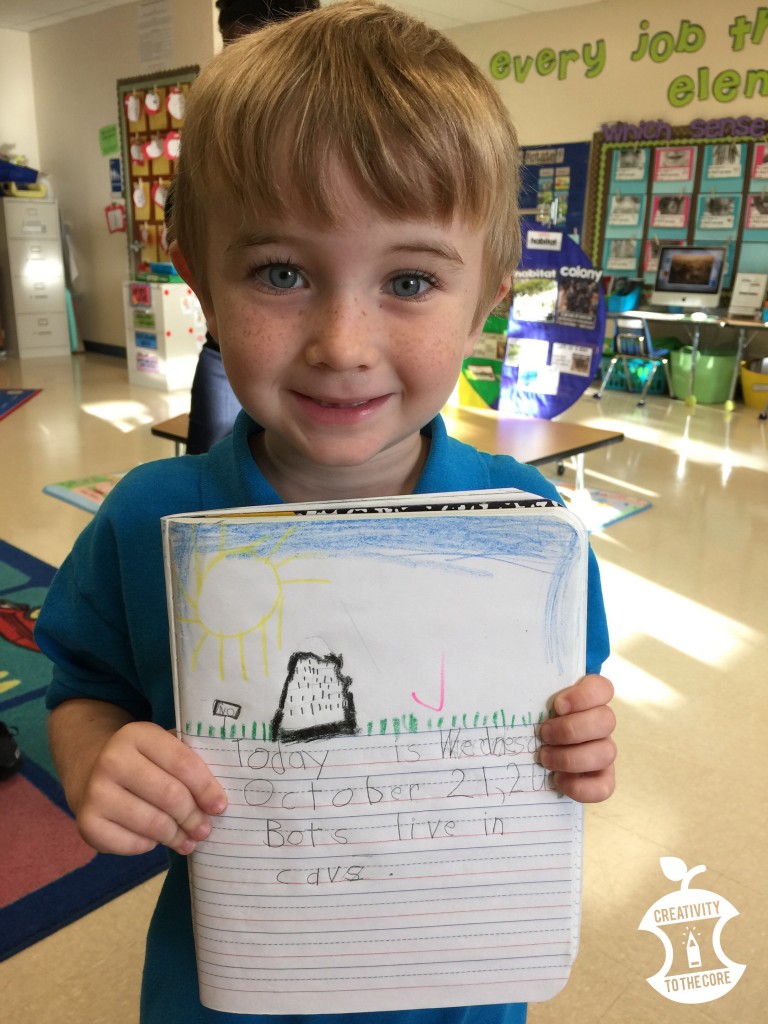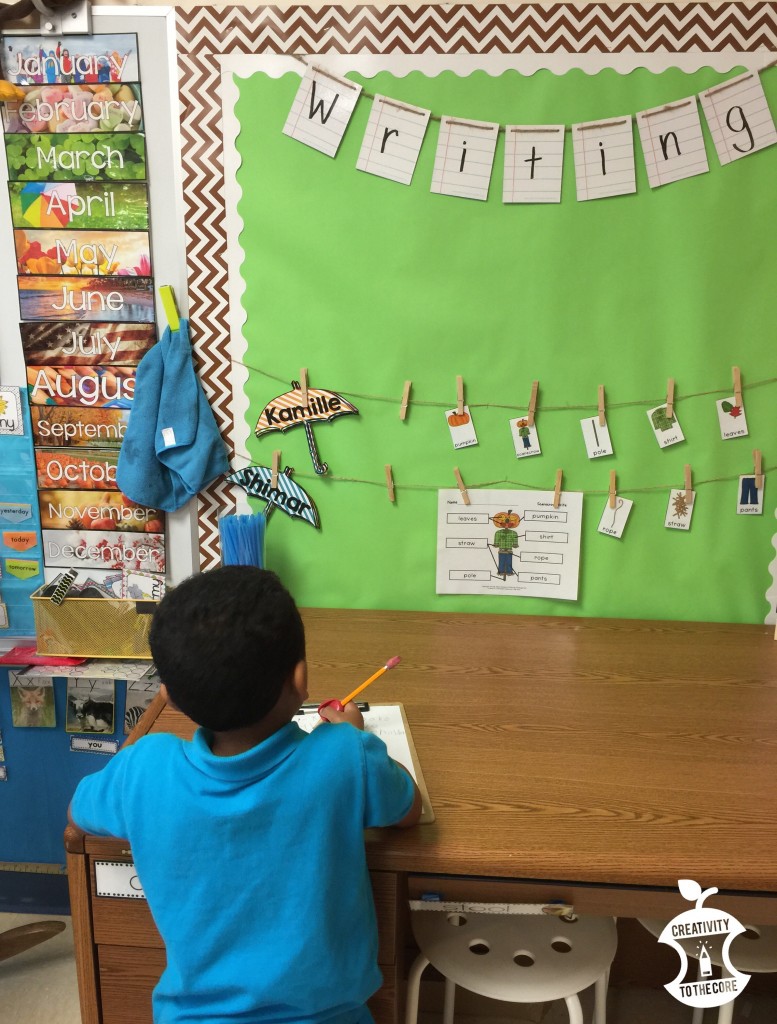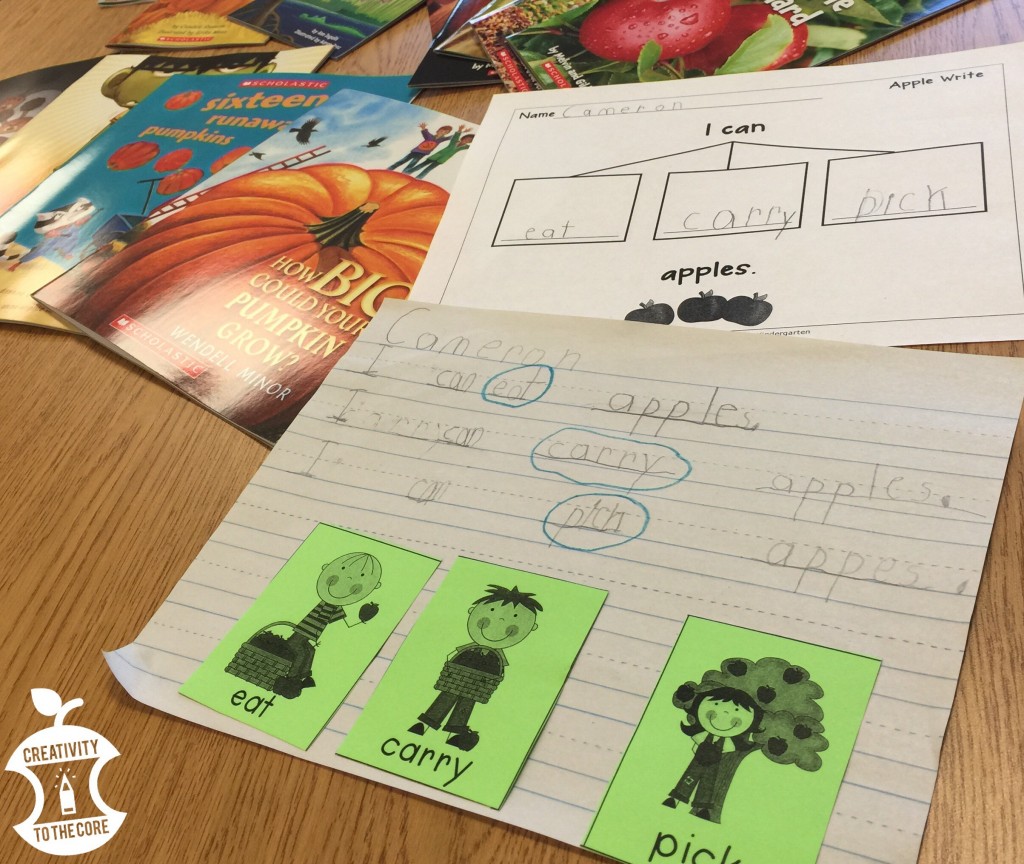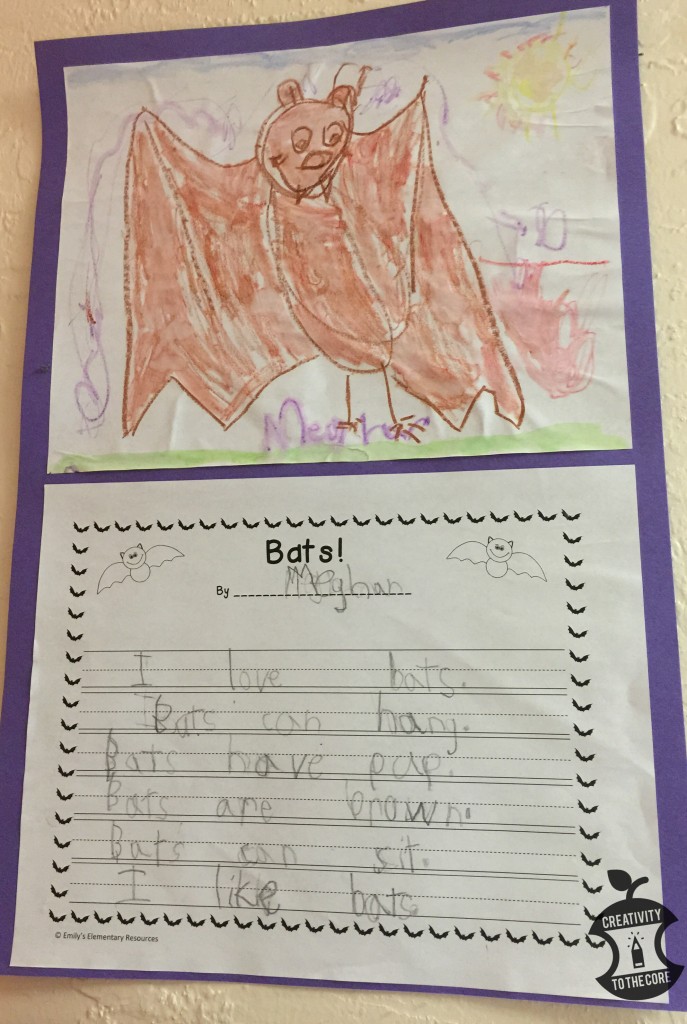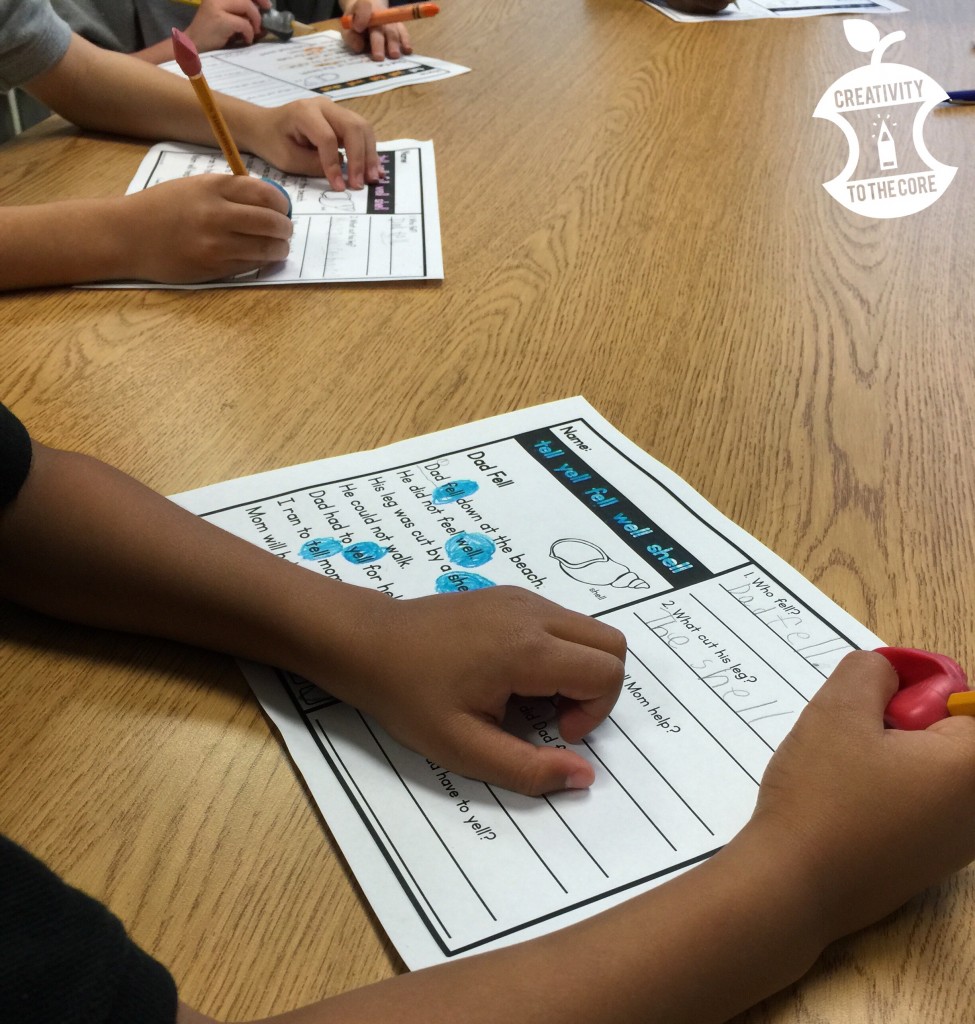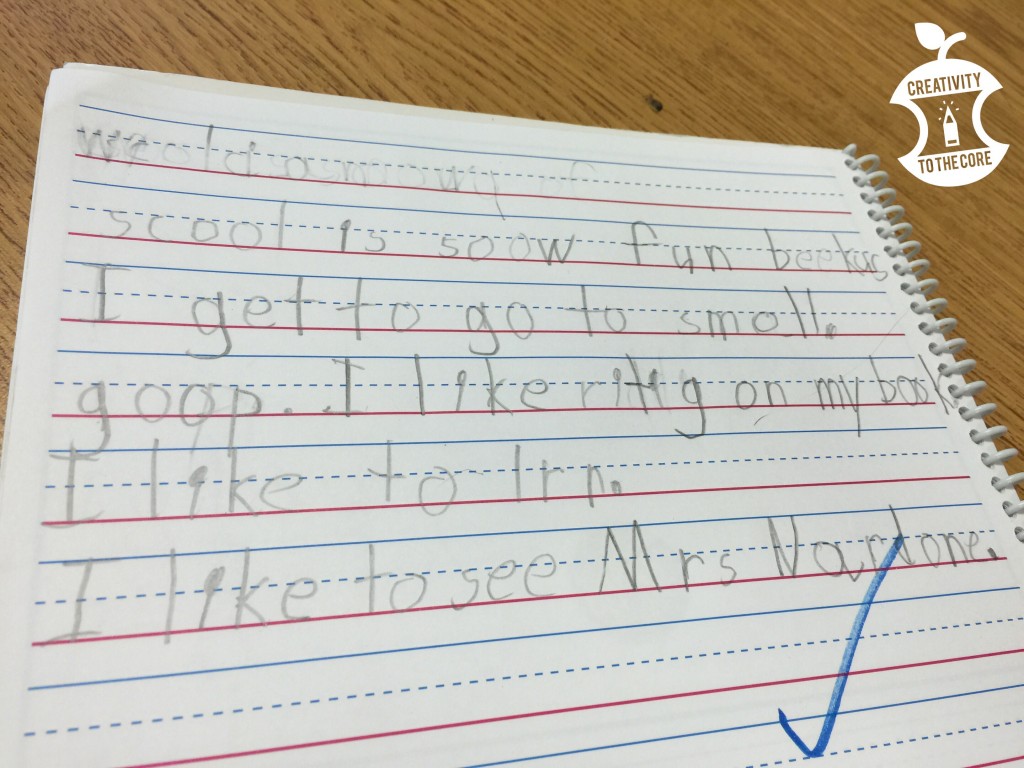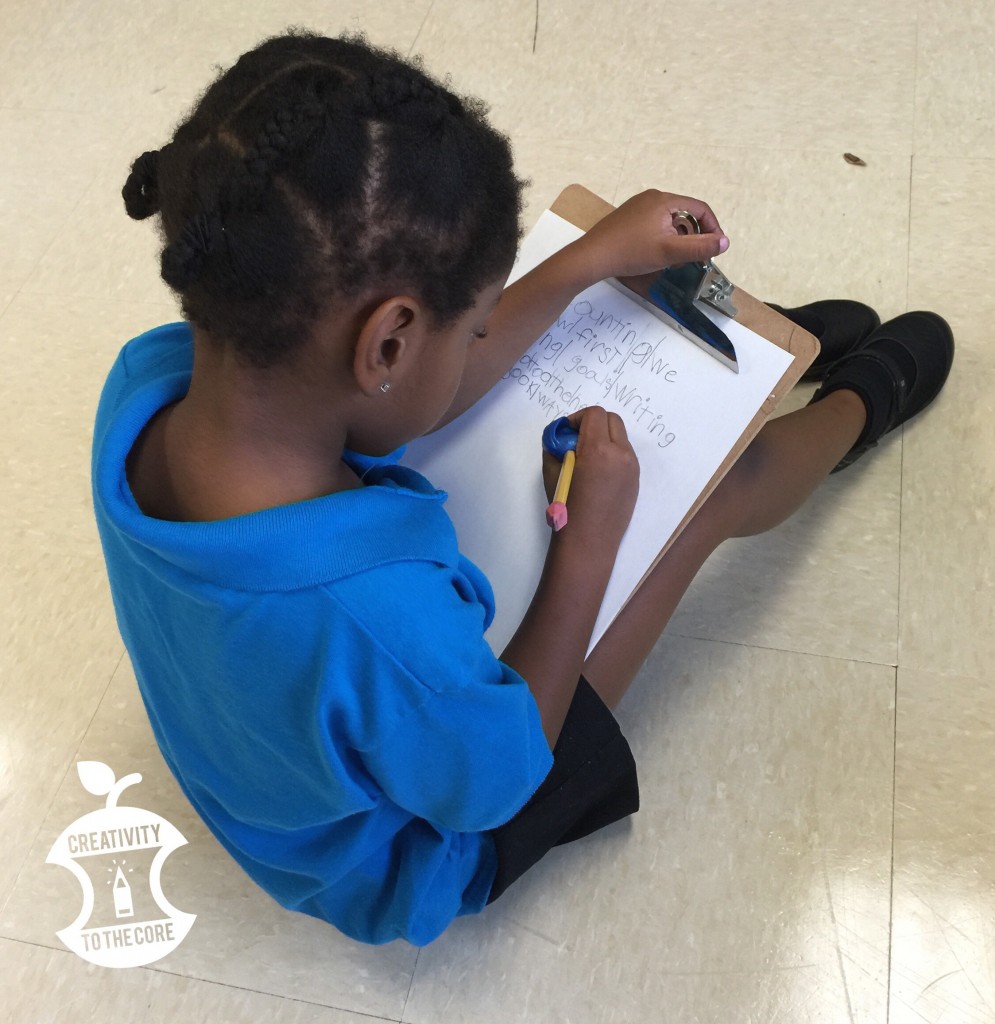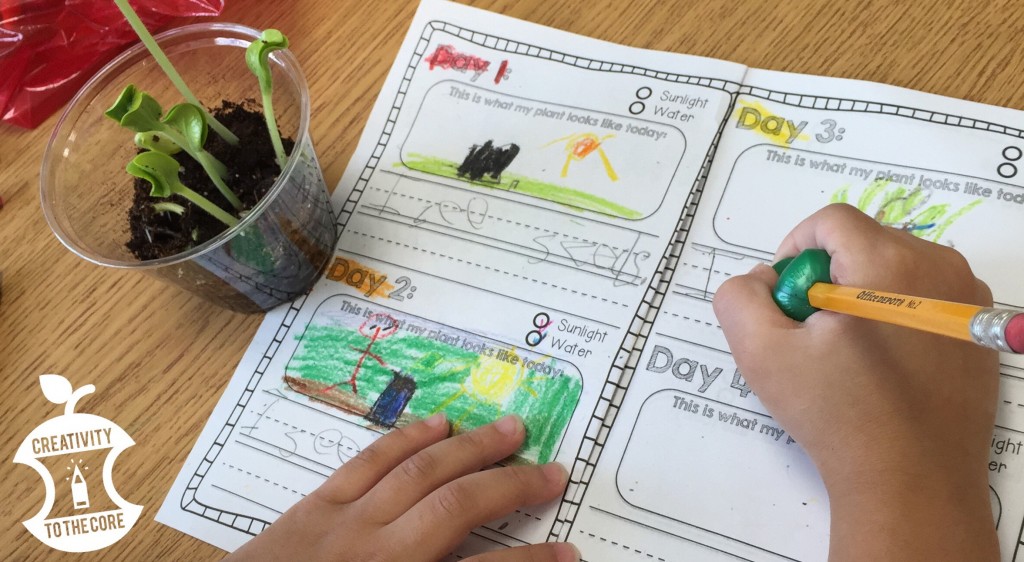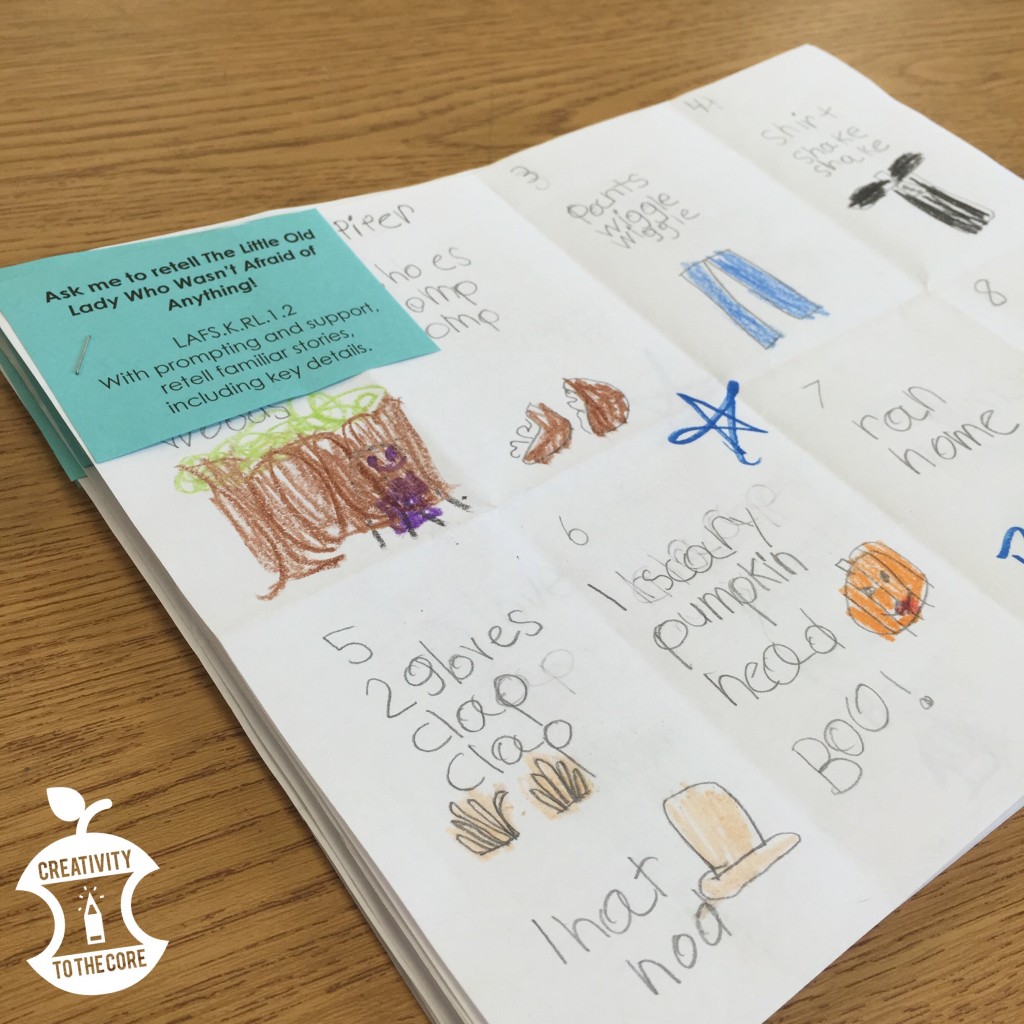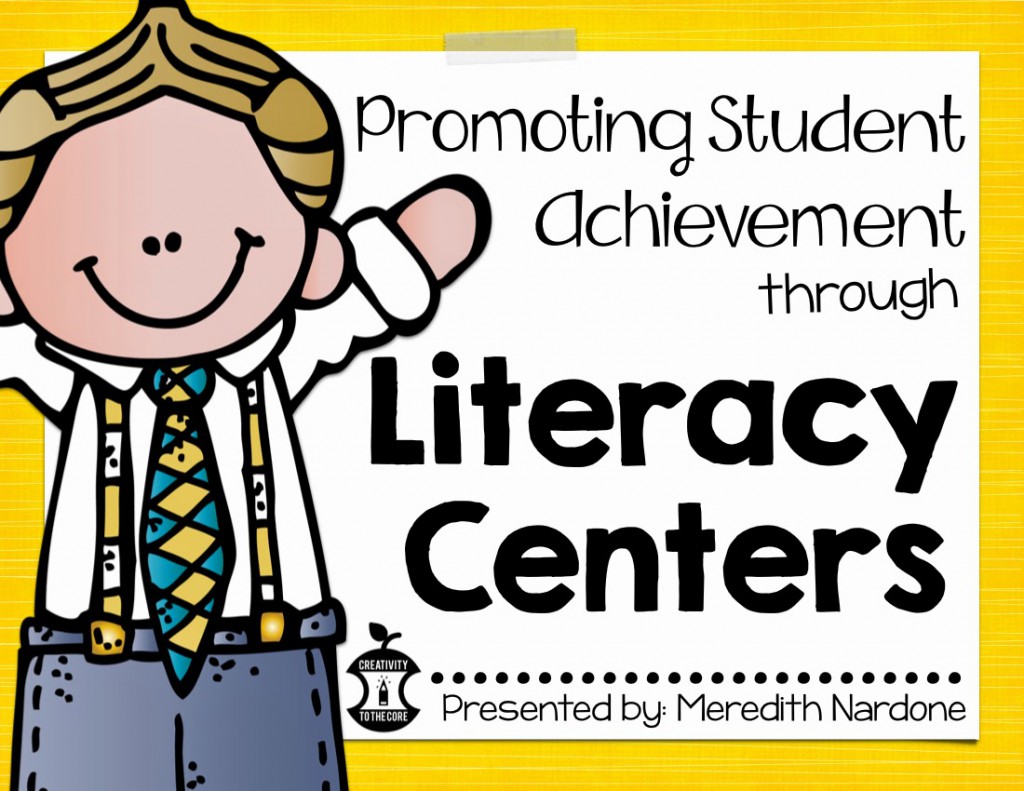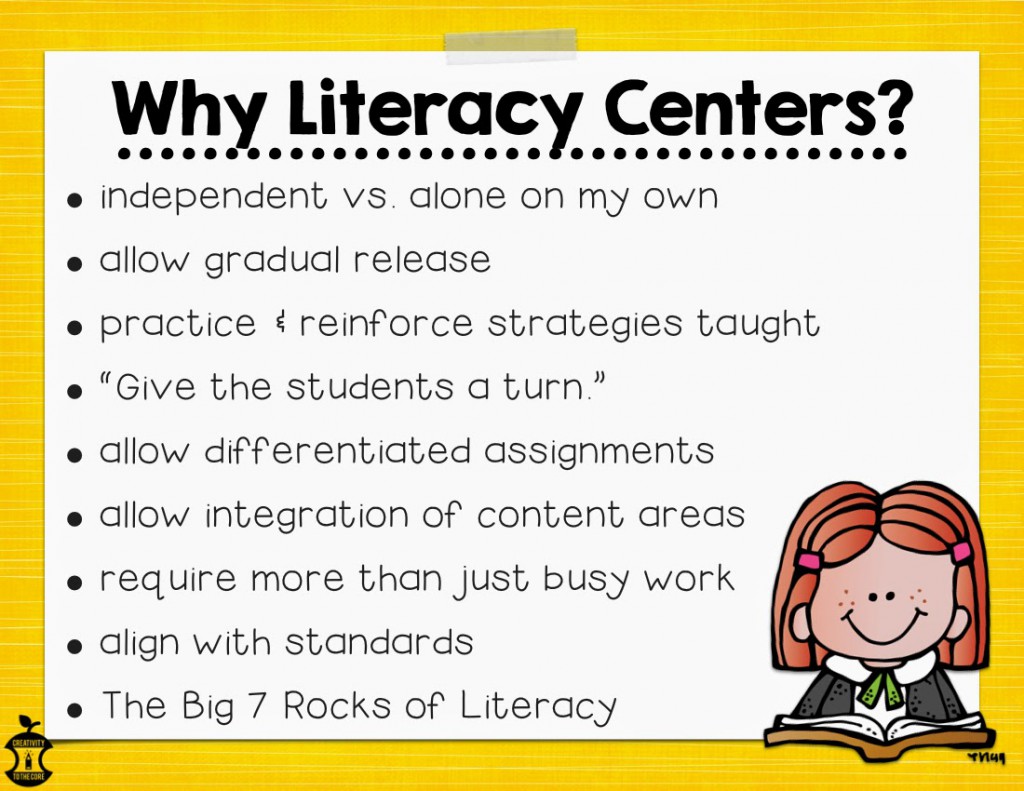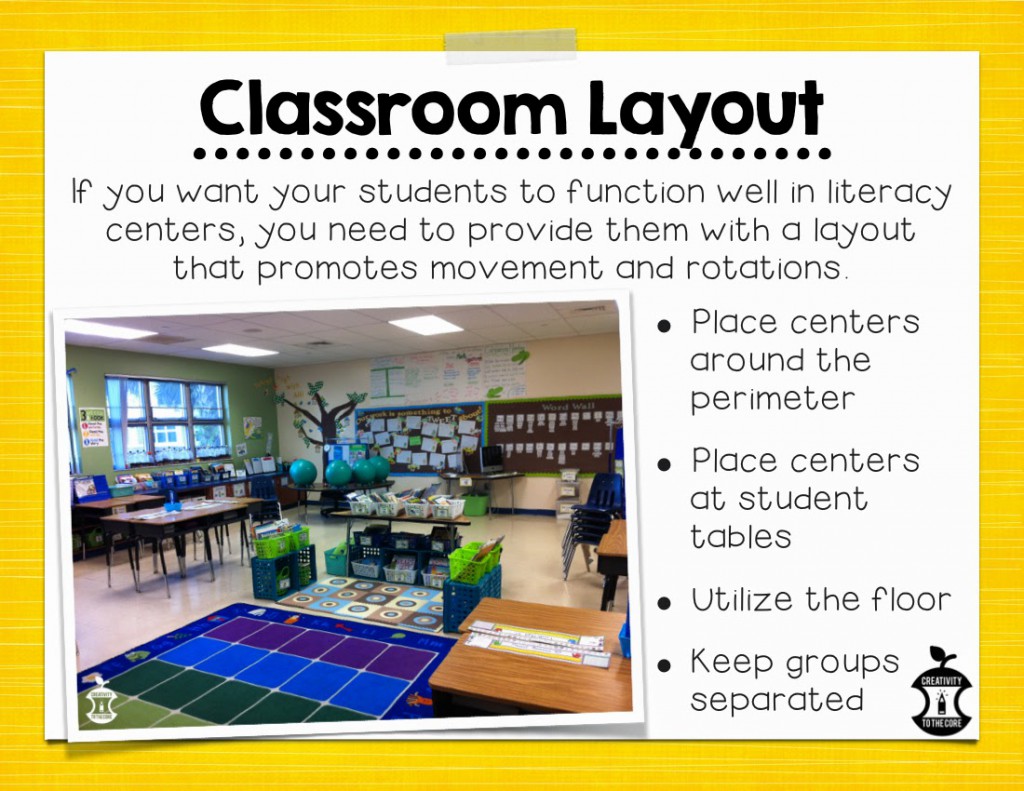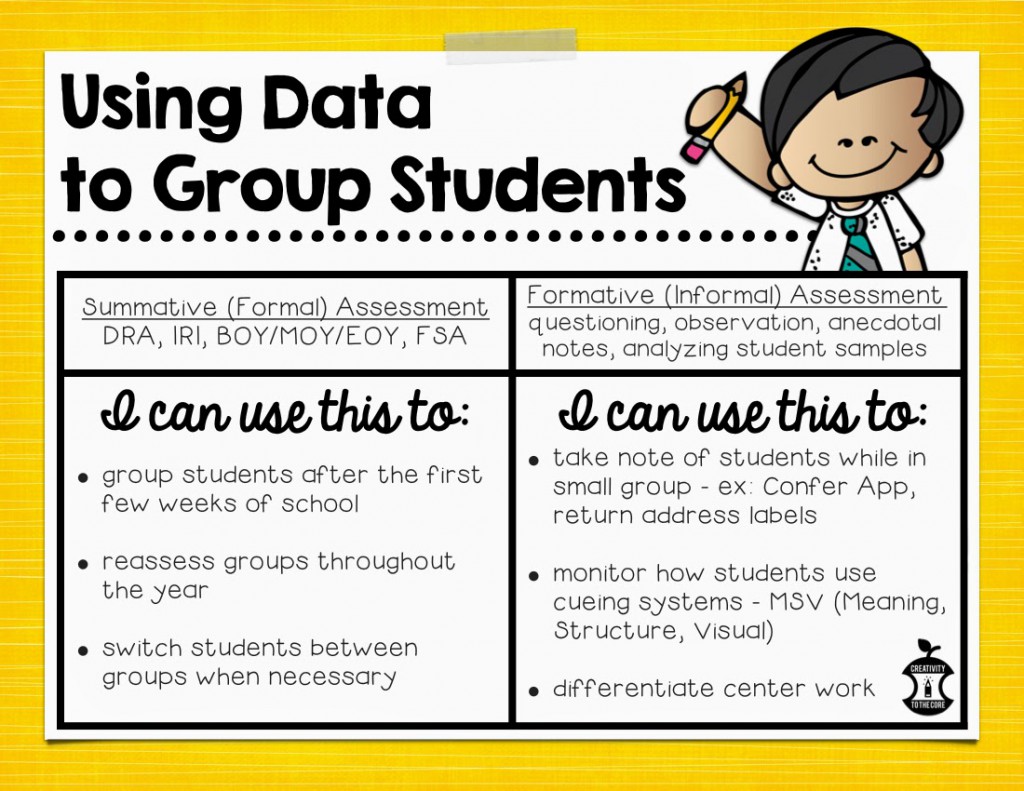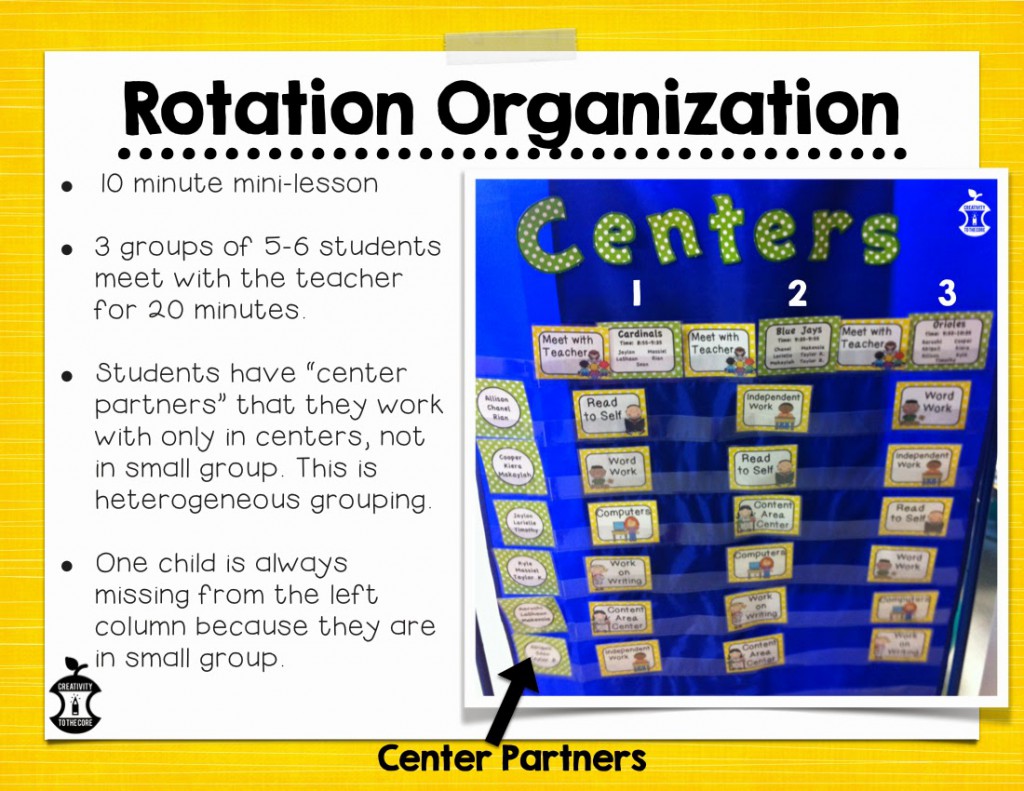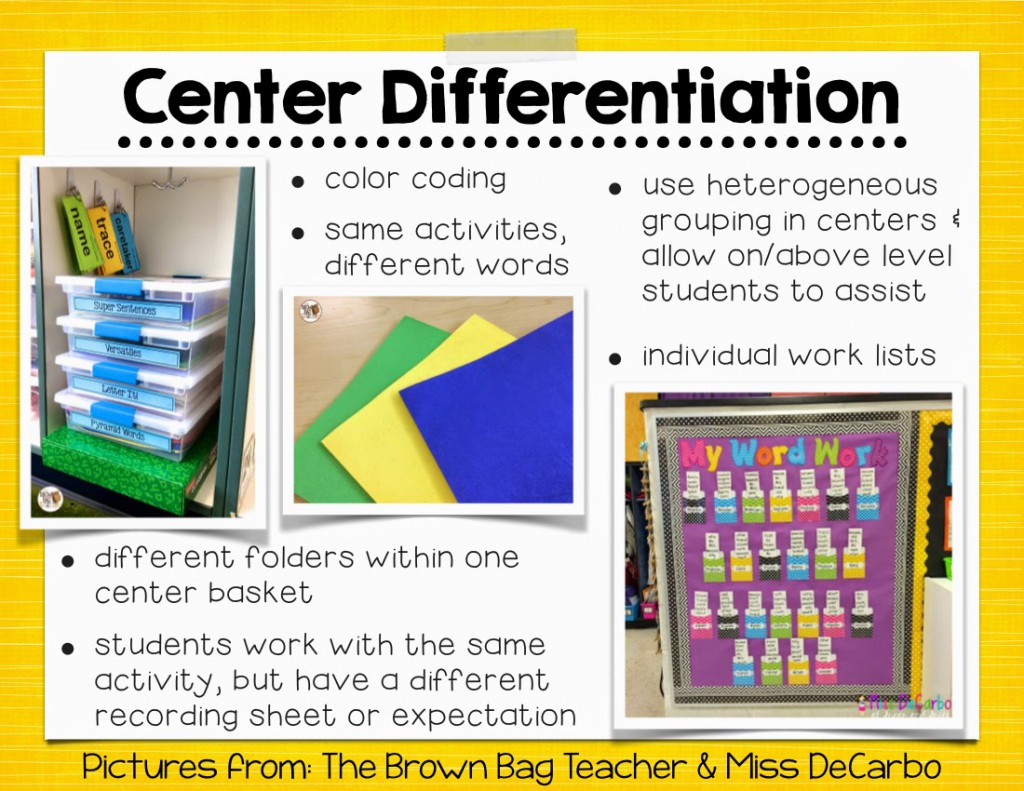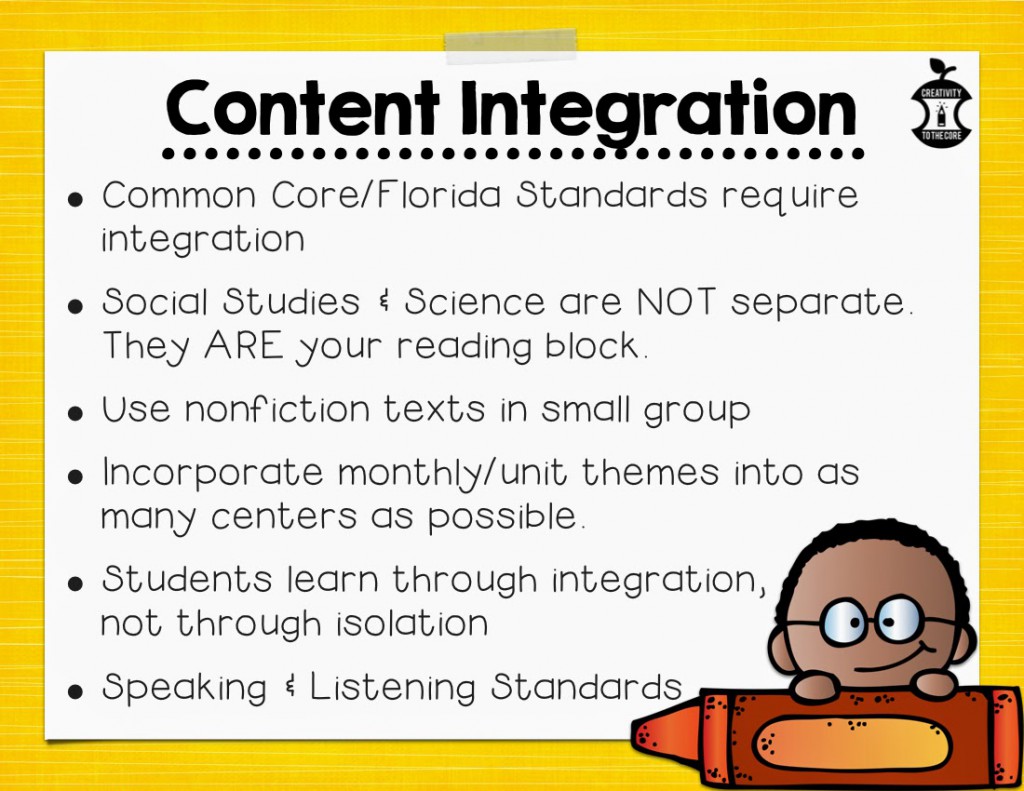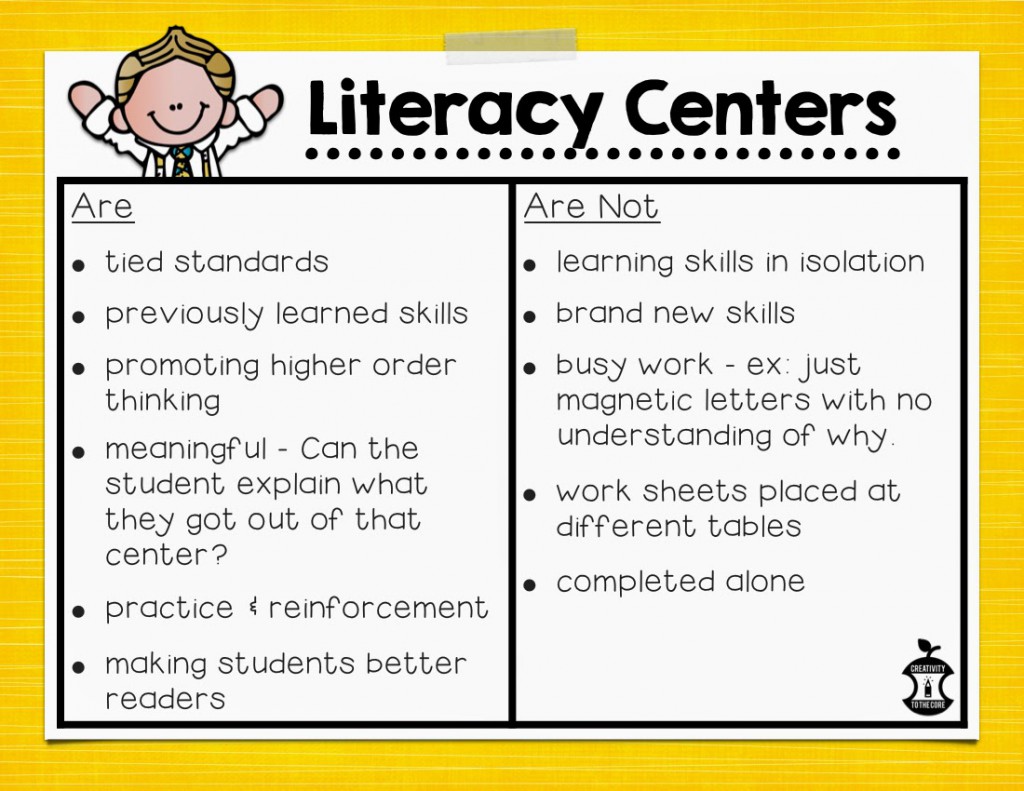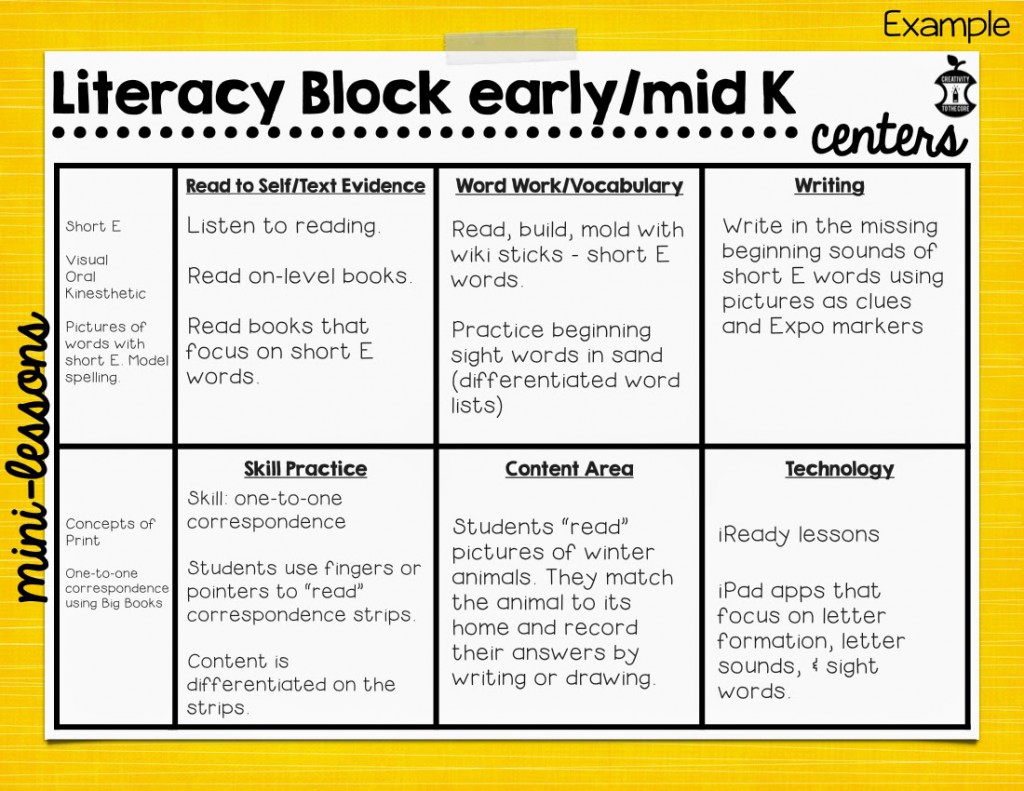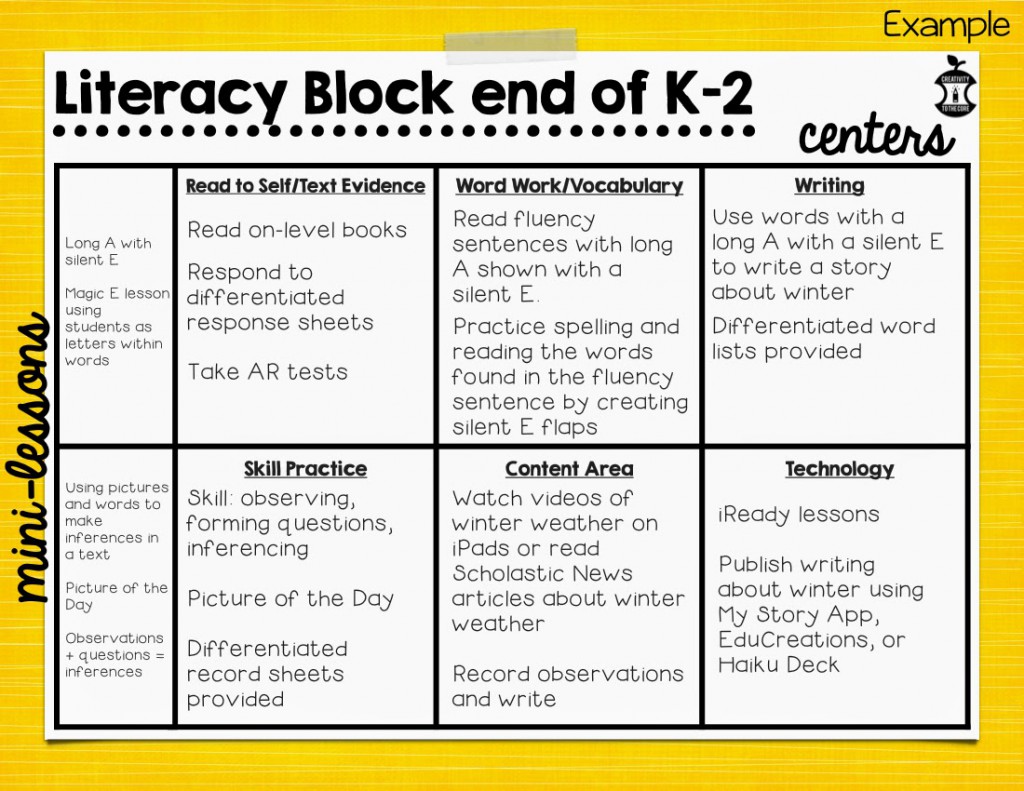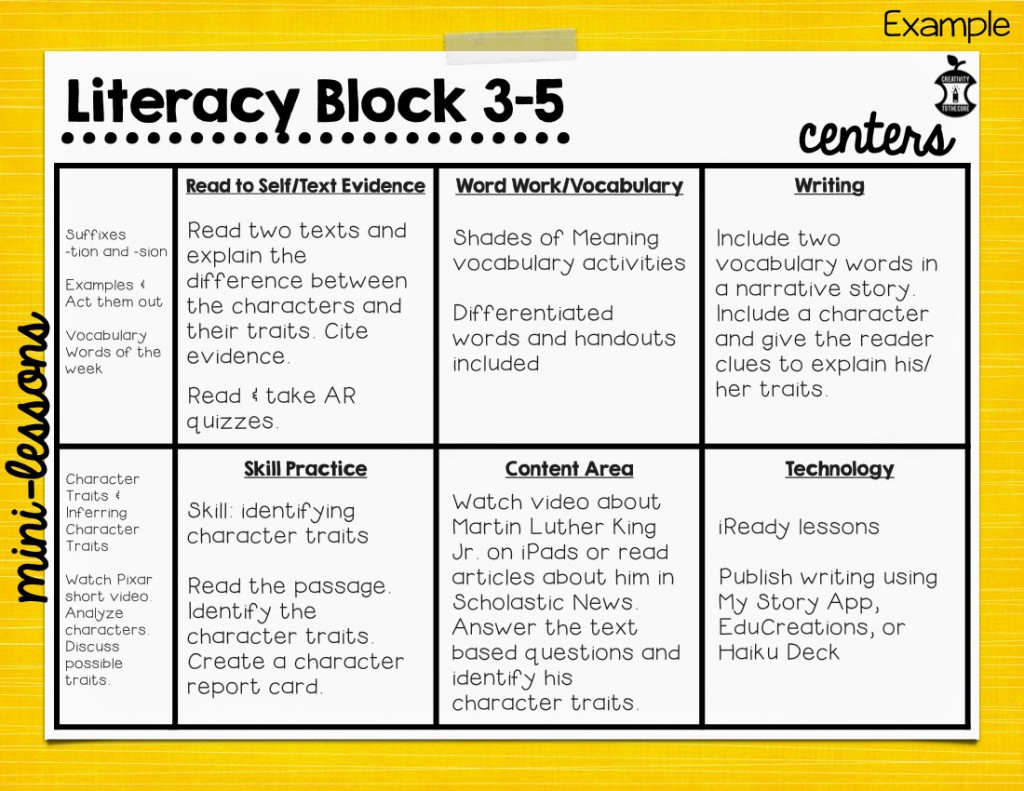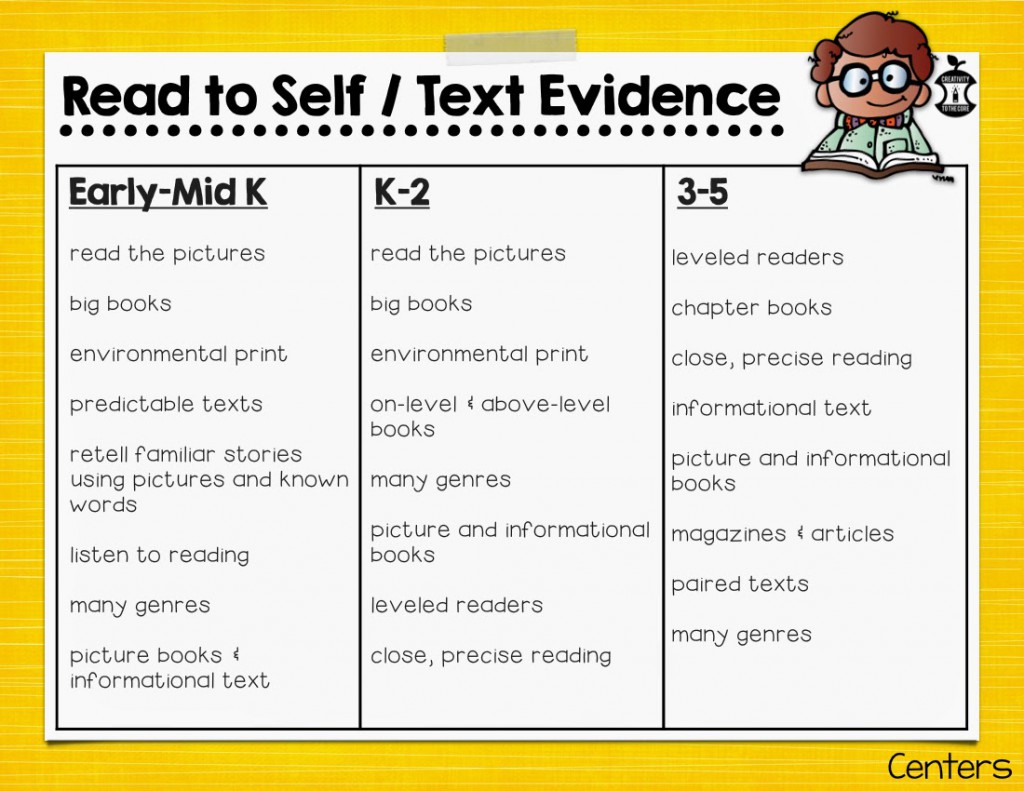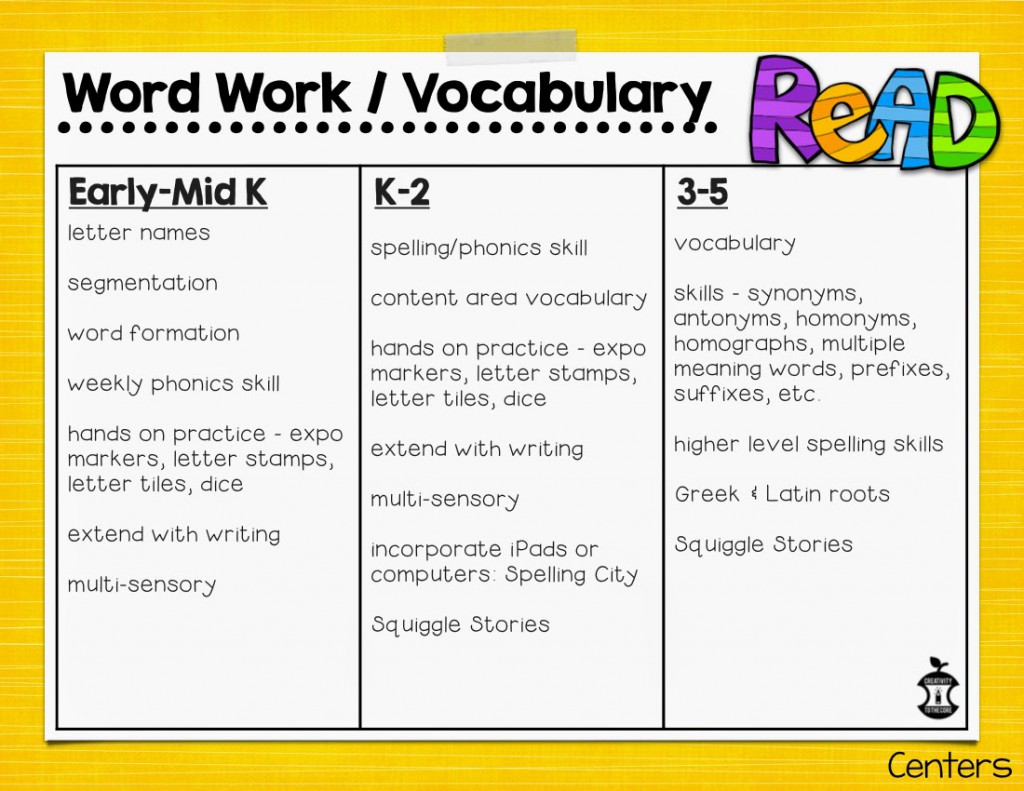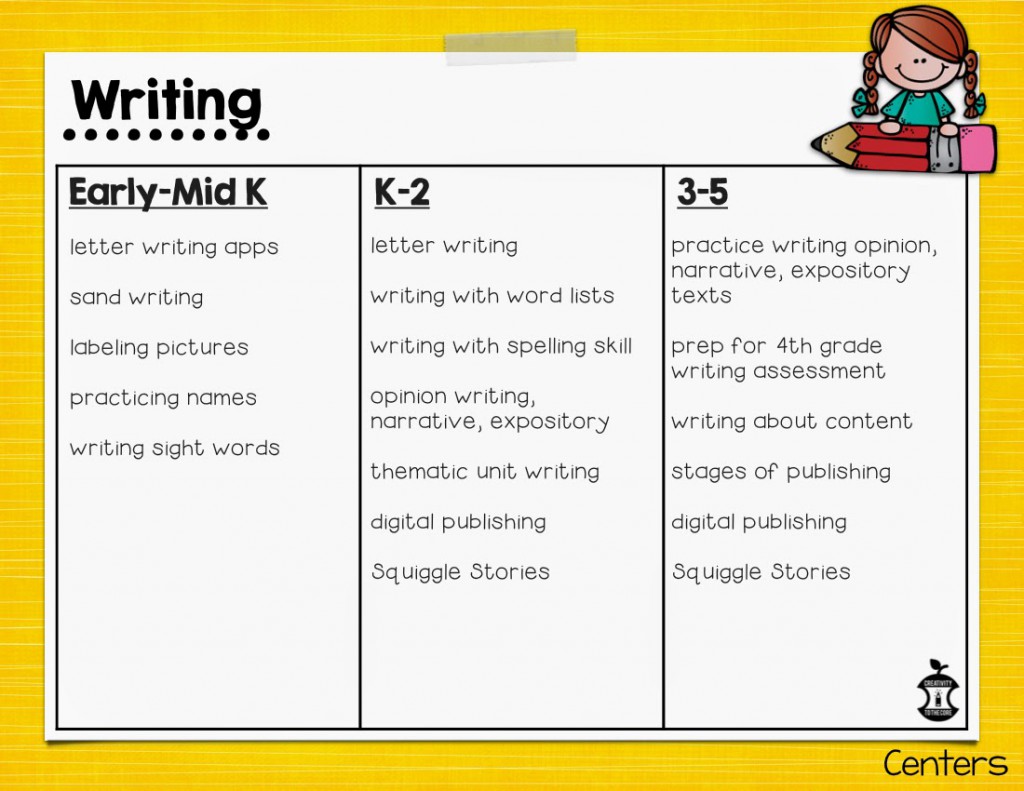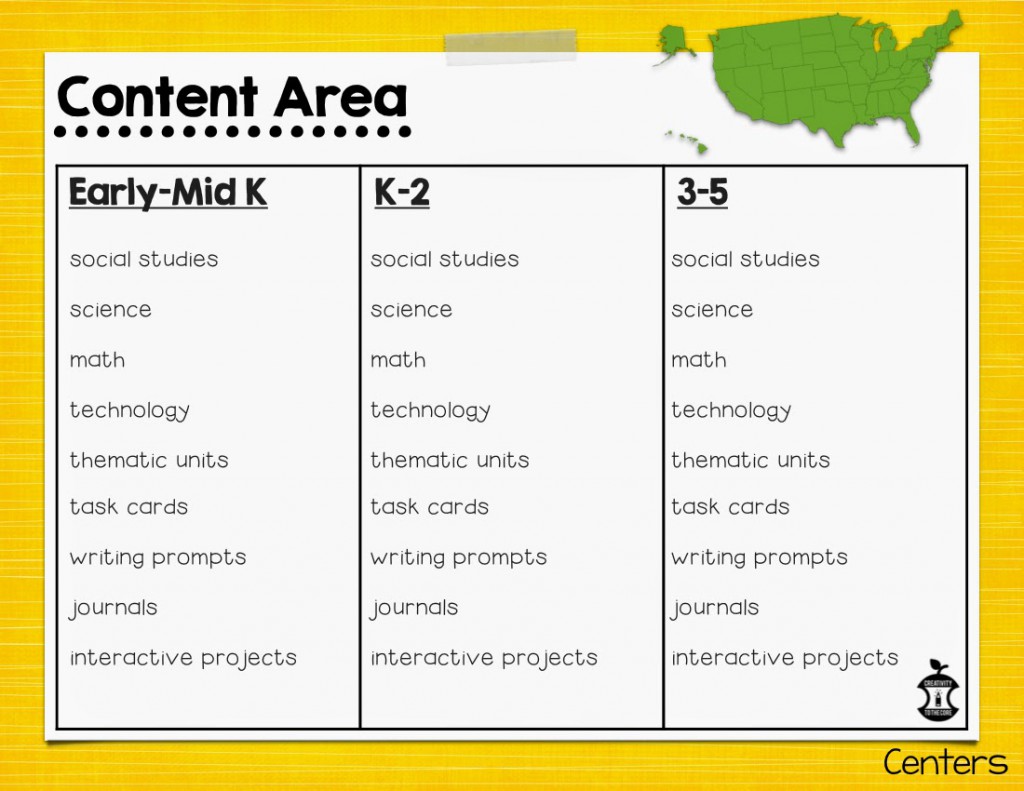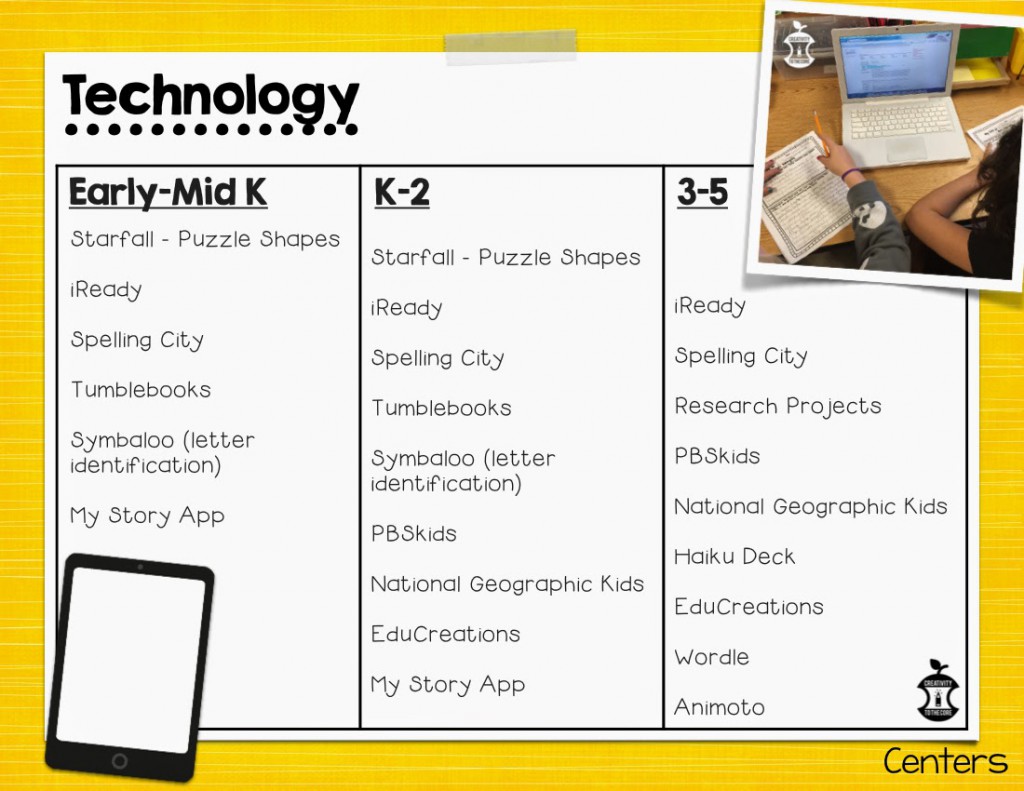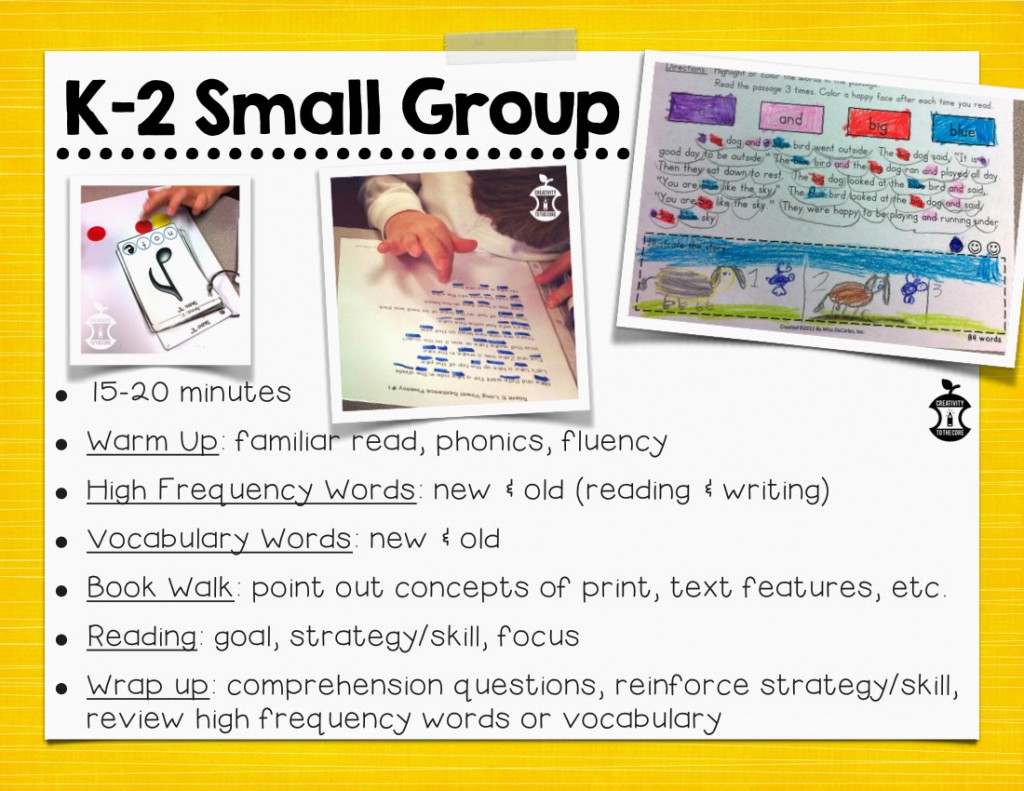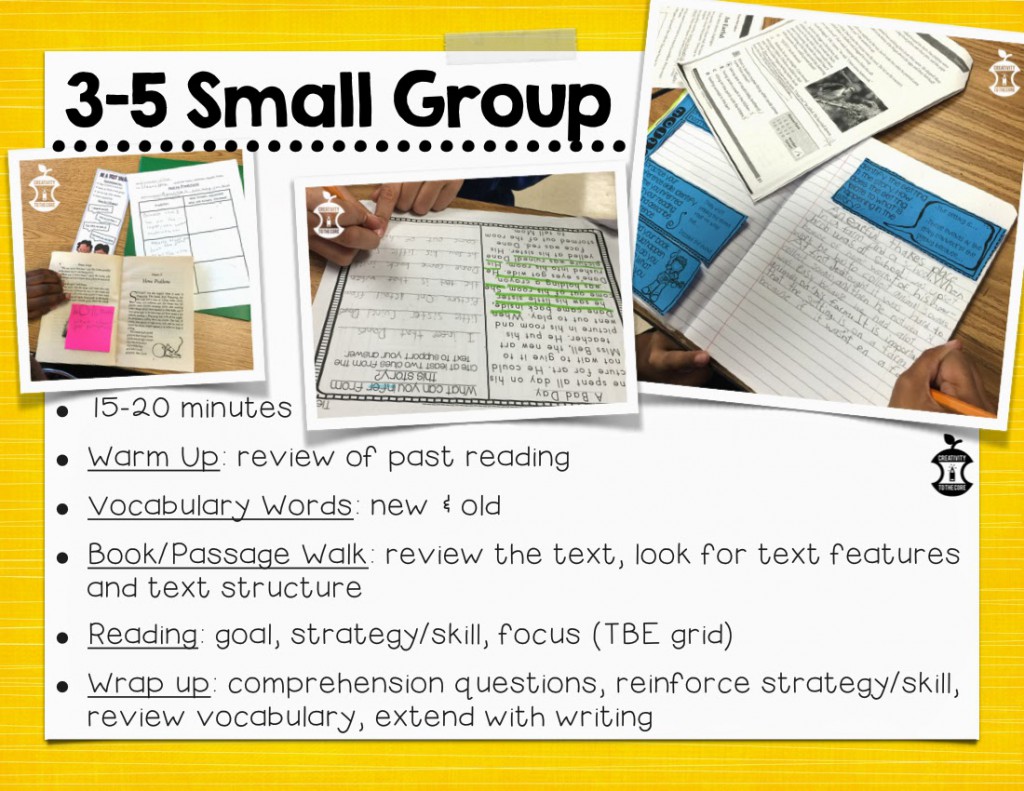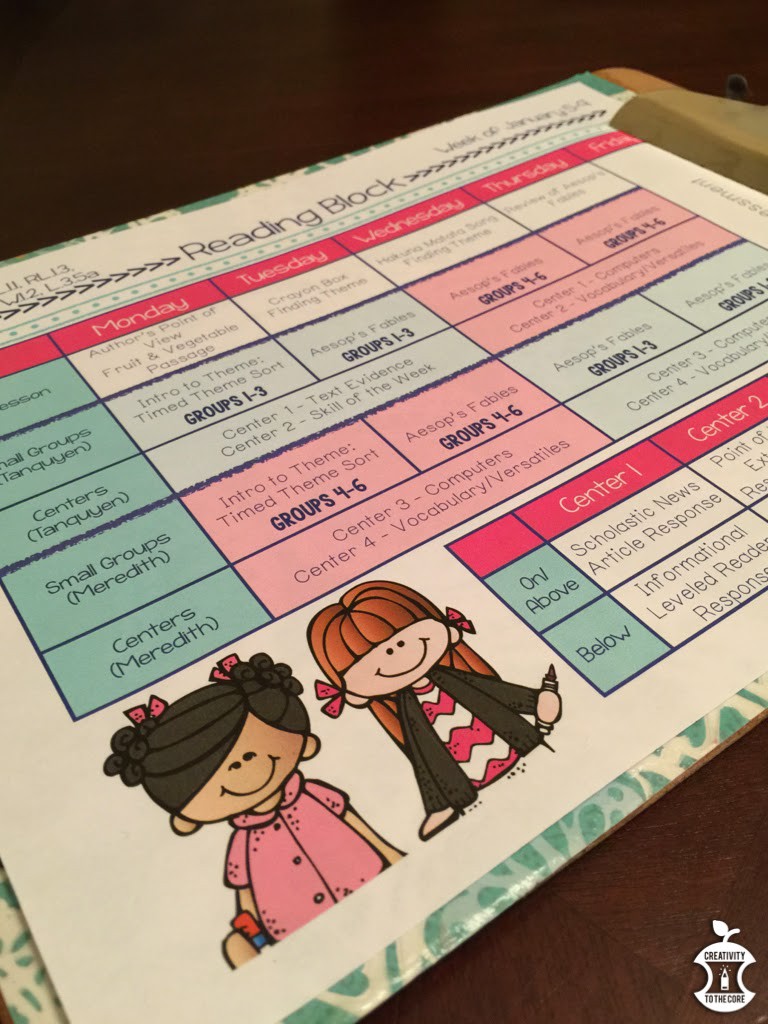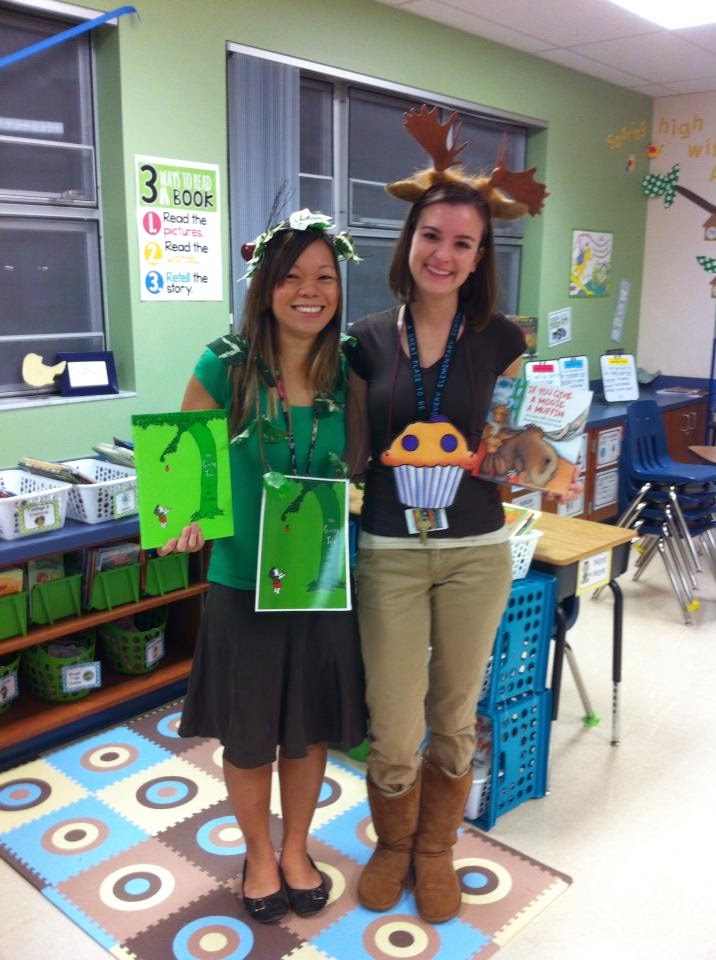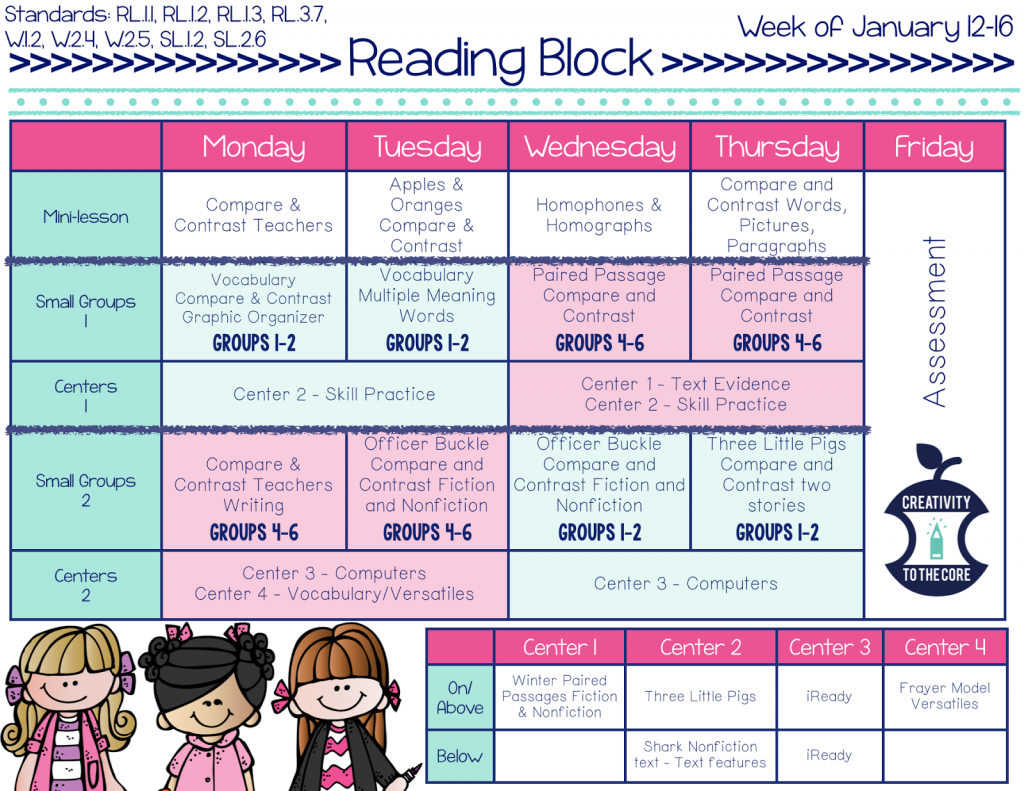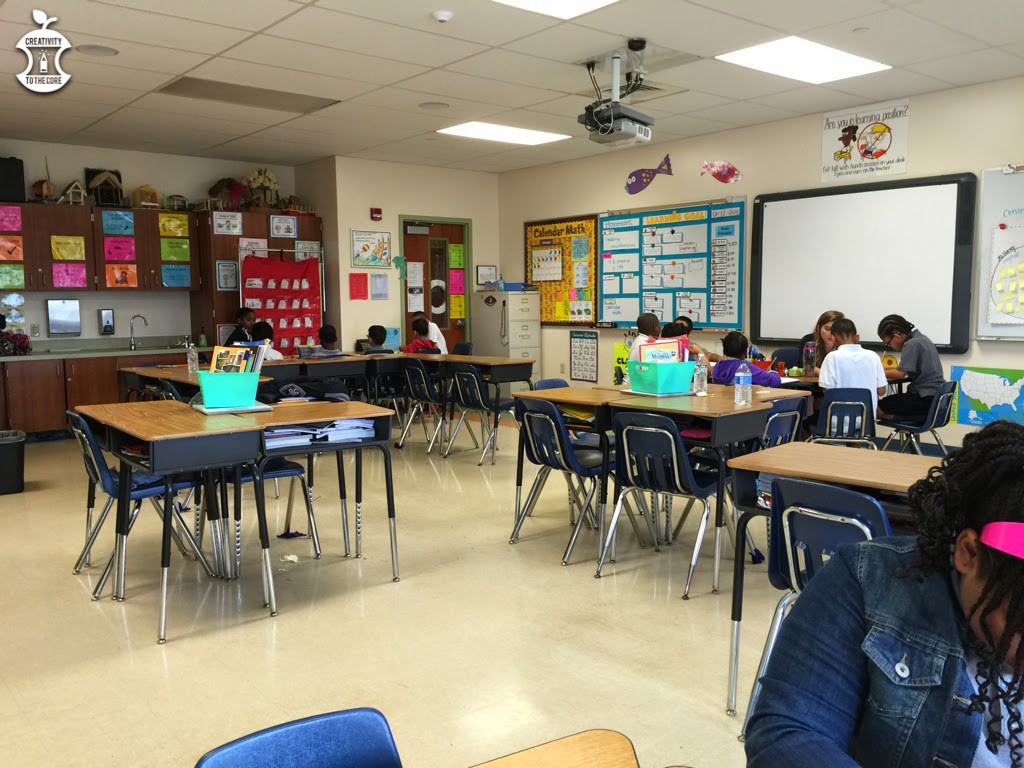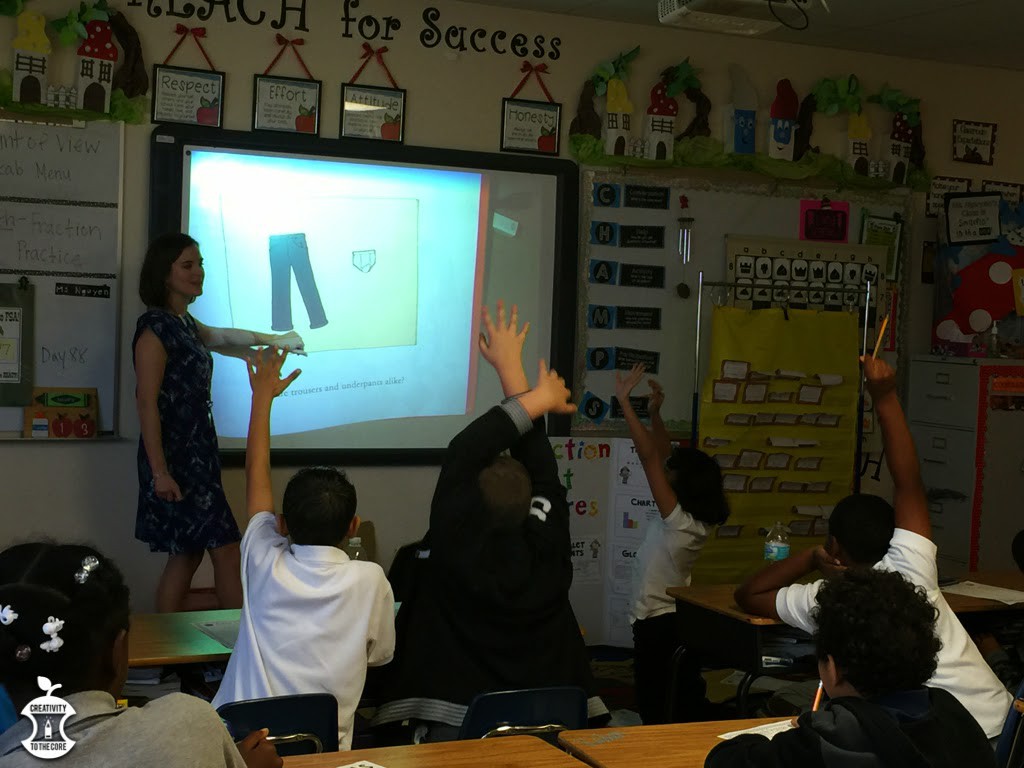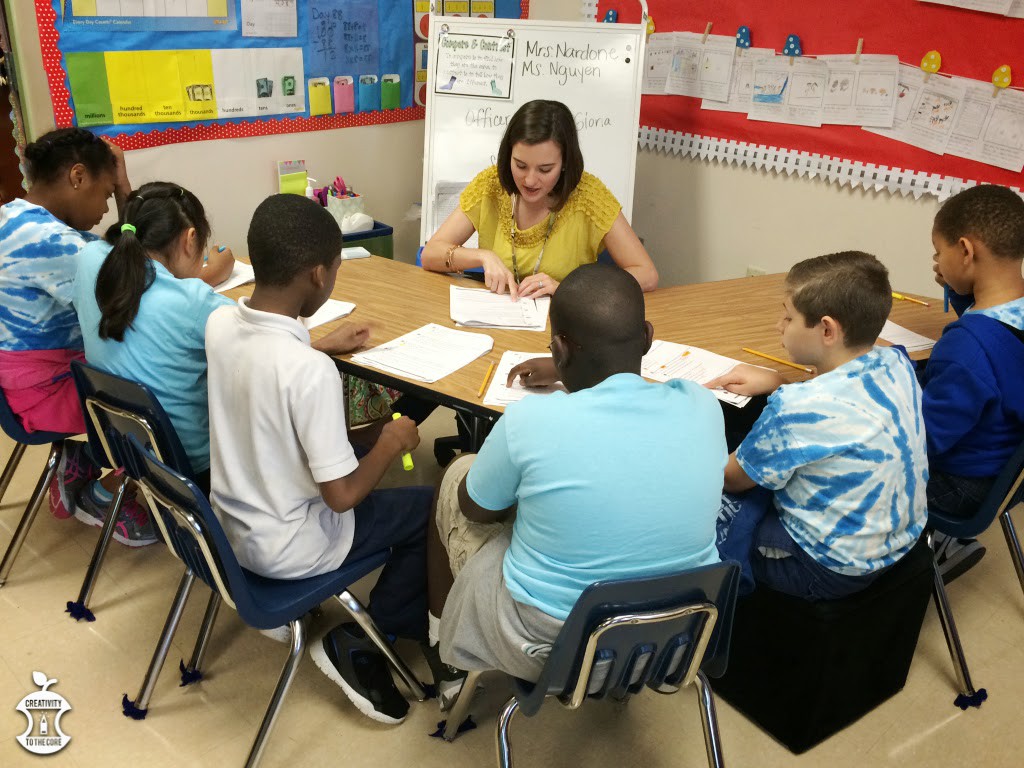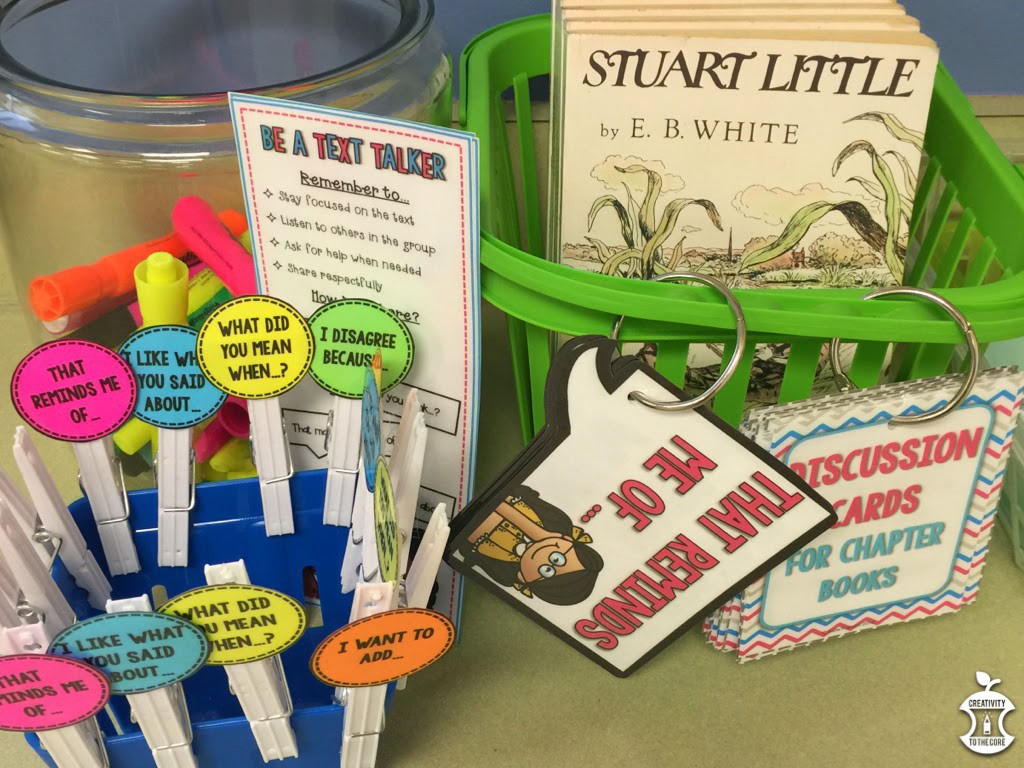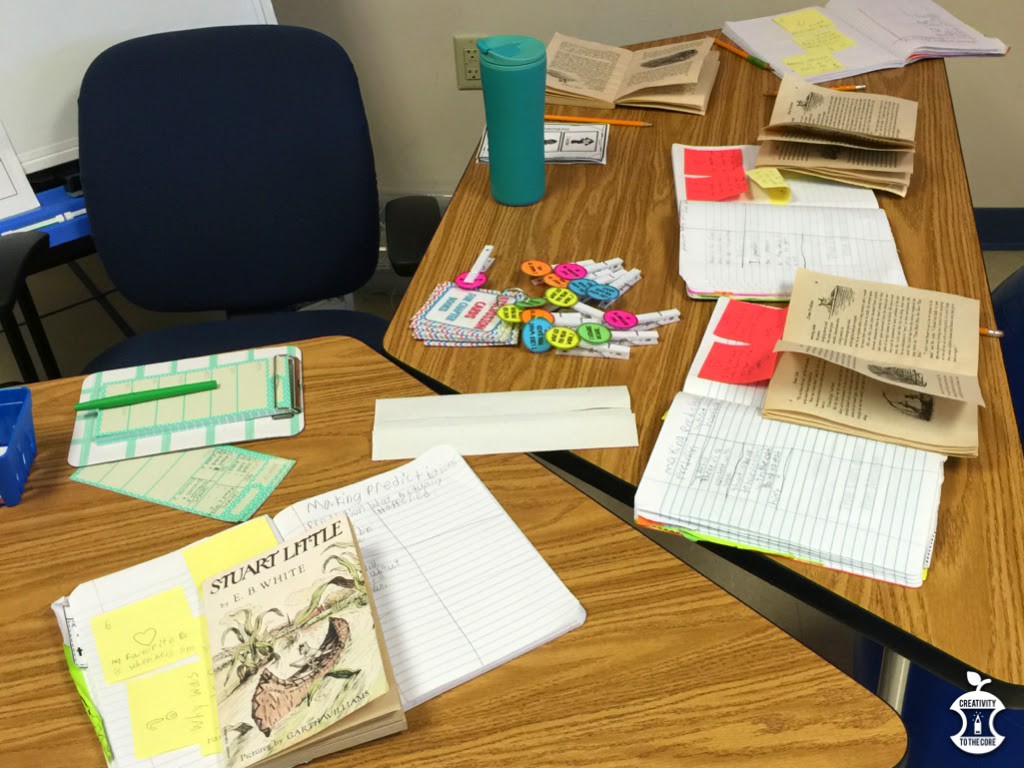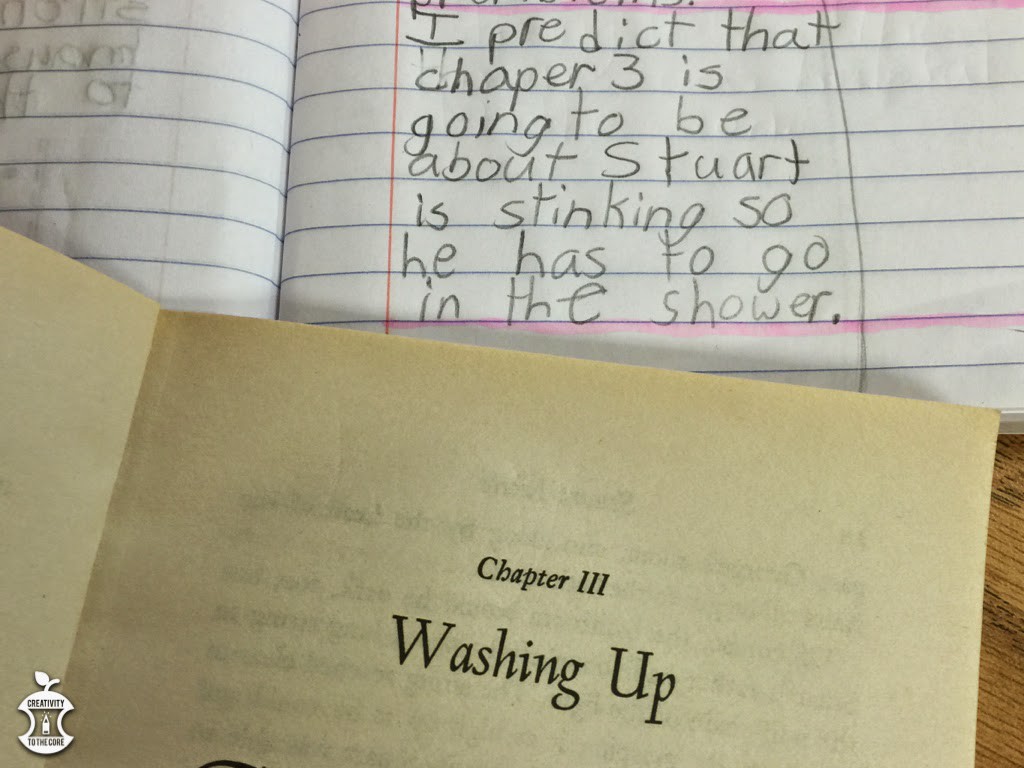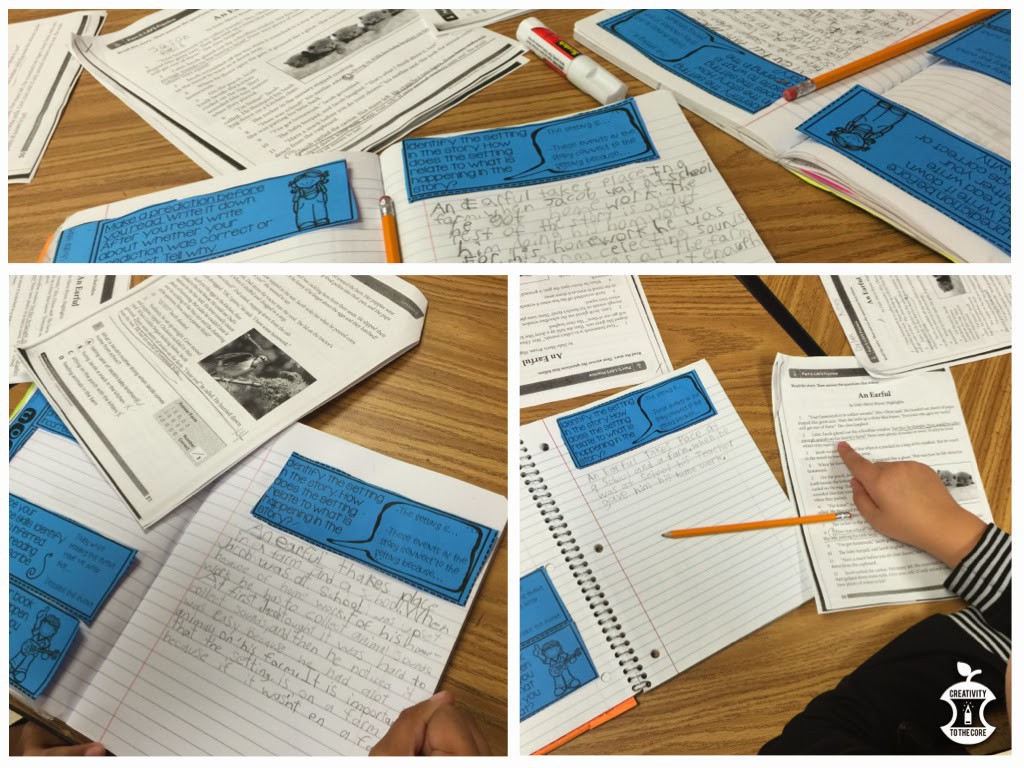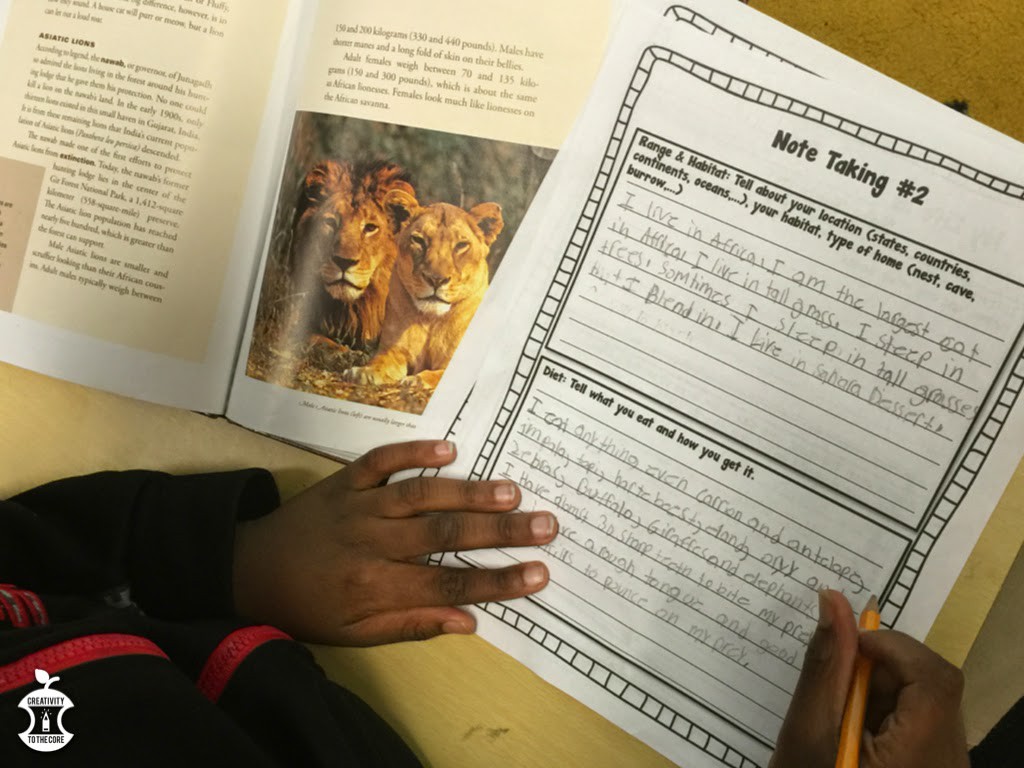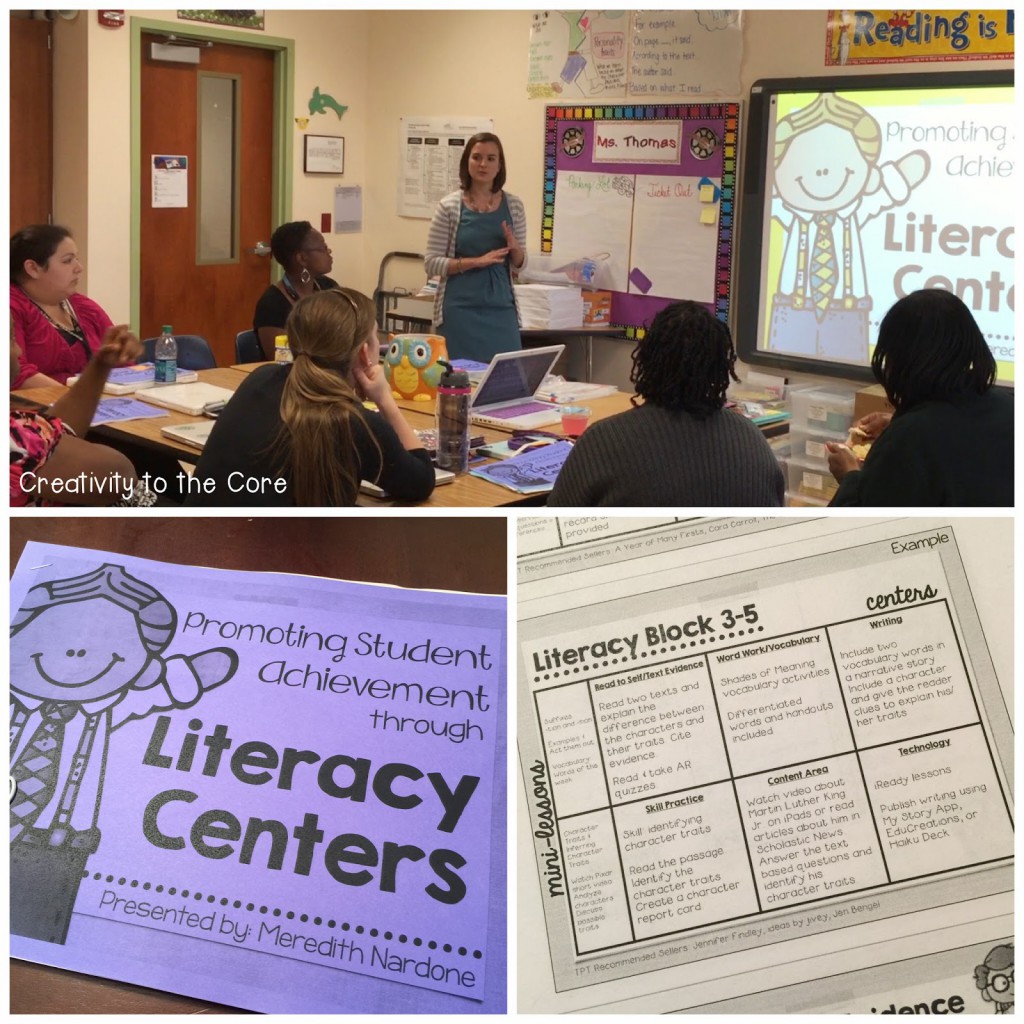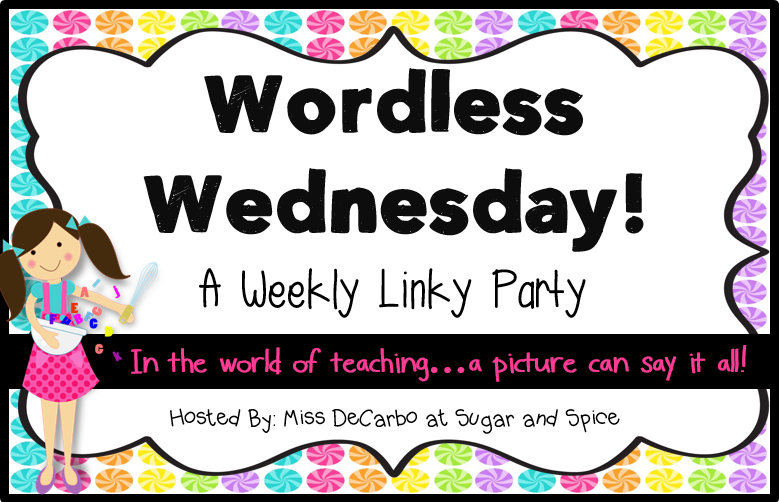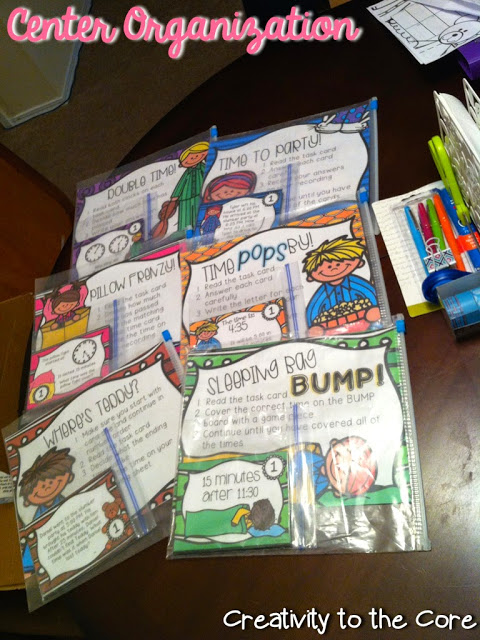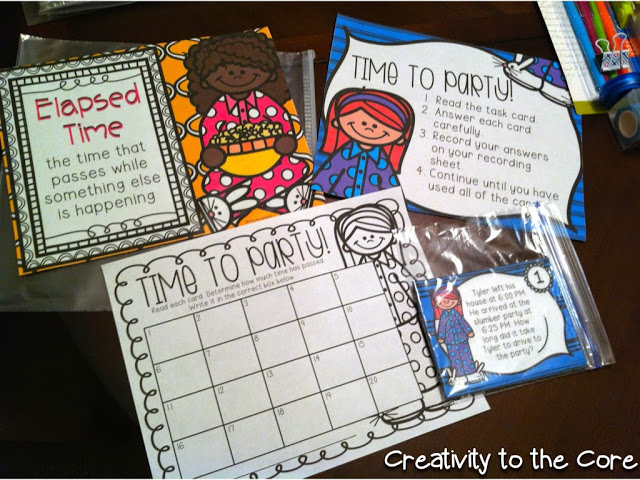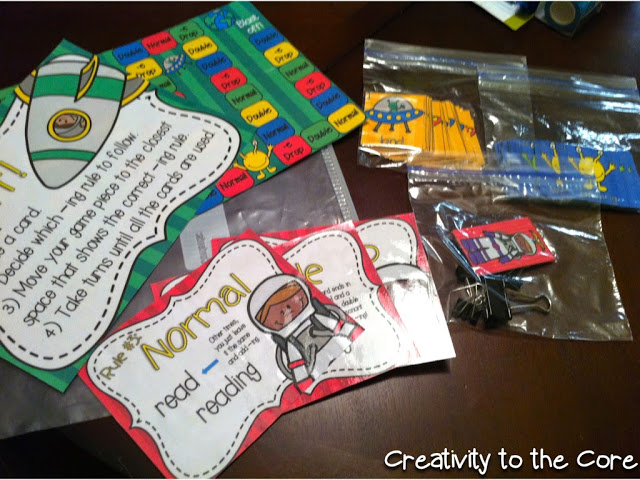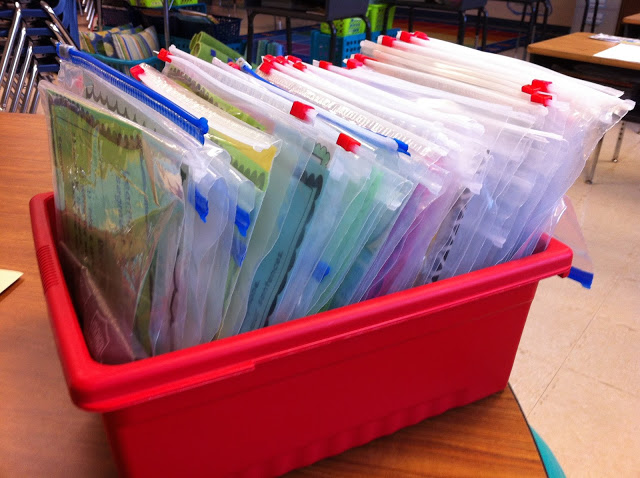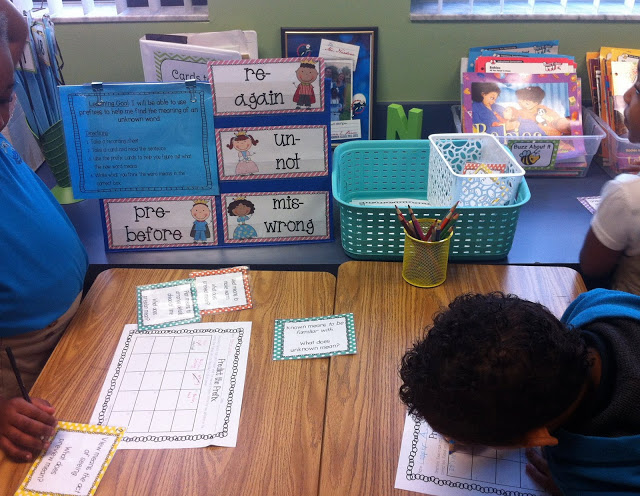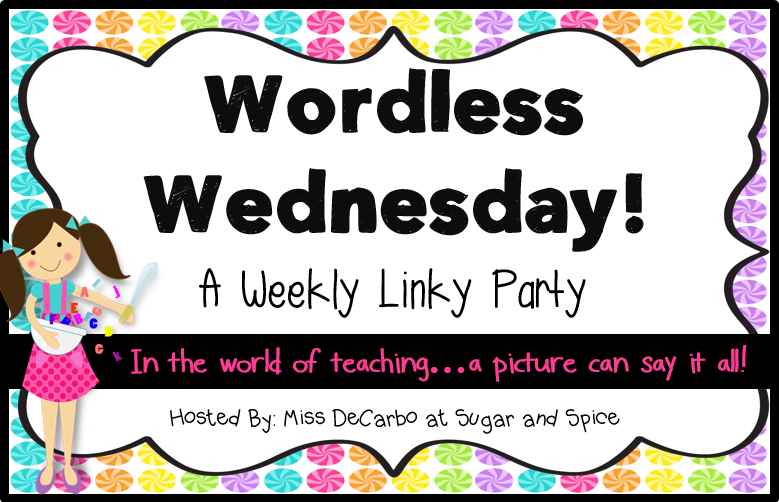Fluency is such an important part of our lives in the primary grades. Letter fluency, sound fluency, sight word fluency, math fluency…the list goes on and on. Our classroom even has a “Fluency Center” where students practice their very own set of 10 sight words each day. However, there is not enough urgency at that center….and to be honest, I was craving more urgency. I wanted my students to want to see how quickly and consistently they could recite letter sounds and sight words, but I wasn’t quite happy with what I had going on.
Then I was introduced to Spot It. By a second grader. …and of course I ordered it the very next day. Yup! That’s the truth!
This game transformed my small group warm up in literally one day. All students are on task. They have to be. They game requires that you are constantly observing, constantly reassessing, constantly making connections between different images or words. There are so many versions of this game, which is wonderful for teachers who want to keep those struggling students actively engaged.
How to play:
The game is extremely simple, but challenges the brain the entire time. Because of this, it is perfect for primary grades. Students feel successful and are excited to play every time you open the game. To play you simply deal out the deck of cards evenly to the small group of children, place the last card face up in the middle, and make matches. There is no “taking turns”. Students must quickly scan the middle card and then search their top card for a match. (This is key. ONLY the top card. “One card at a time, or you are cheating, and scholars don’t cheat!” That is the end of that issue!) The quicker you are, the better. You want to get rid of all your cards as quickly as possible. First one with no more cards is the winner!
Fluency Activities:
-Simple alphabet matching – say the letter you identified as a match as you place your card in the middle.
-Letter/sound matching – I used the alphabet set, but my students had to say the letter sound as they placed their match in the center. This was a lot more challenging (even for me) because your brain wants to say the actual letter that your eyes see.
-Math fluency using the number/shape set.
-Simple English word fluency – I plan on using this set with my ESOL student so that he can become more familiar with common day to day words.
Overnight, we have become Spot It kings and queens. We are competitive and focused on building letter/sound knowledge every day. We also had a kindergarten conversation about not bragging, complimenting others no matter who looses, and saying congratulations.
If you use this game, share your ideas and experience with it in the comments. We’d love to hear new ideas for our classroom. If you’re interested in grabbing a game of Spot It for your kiddos, check out the link below.

